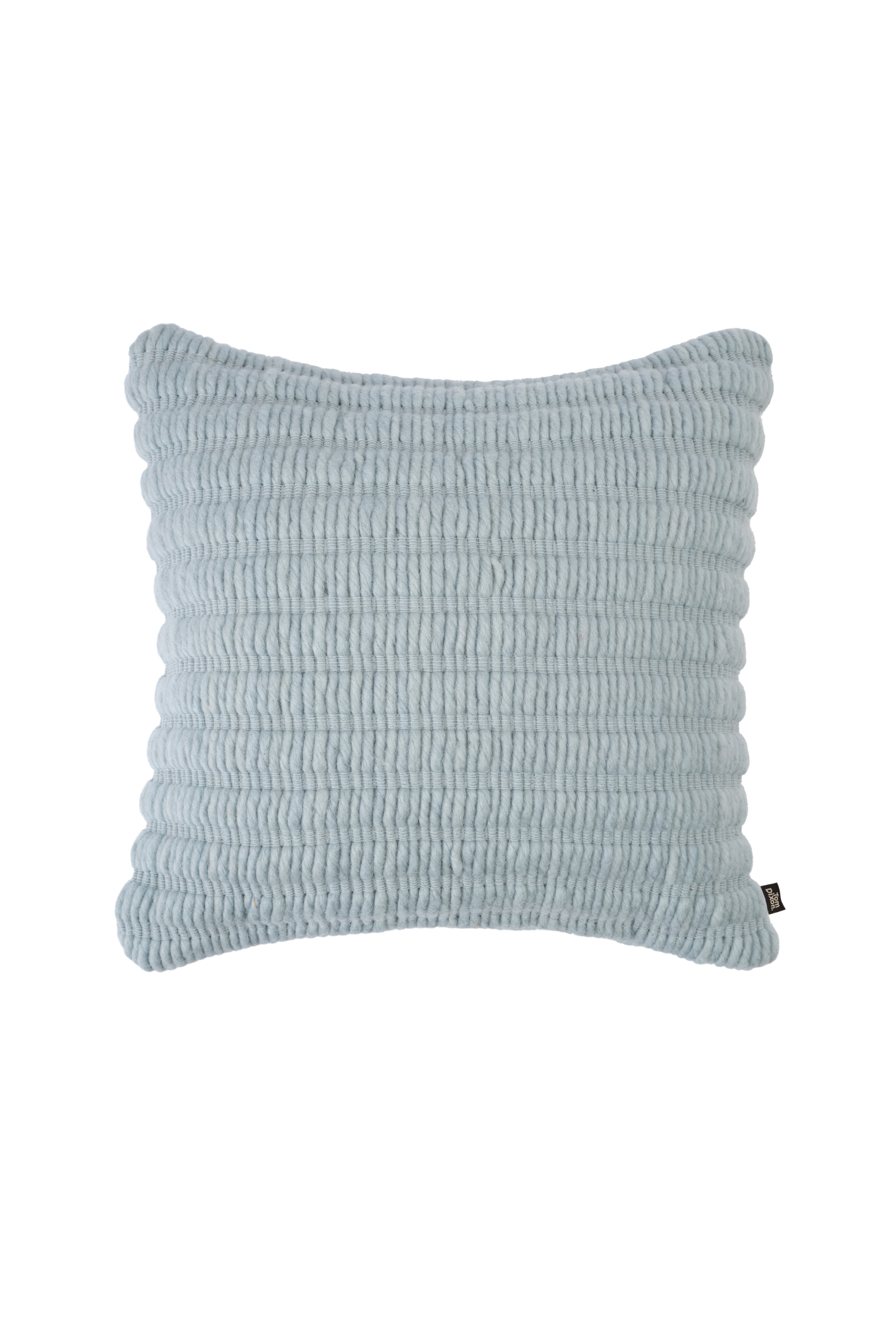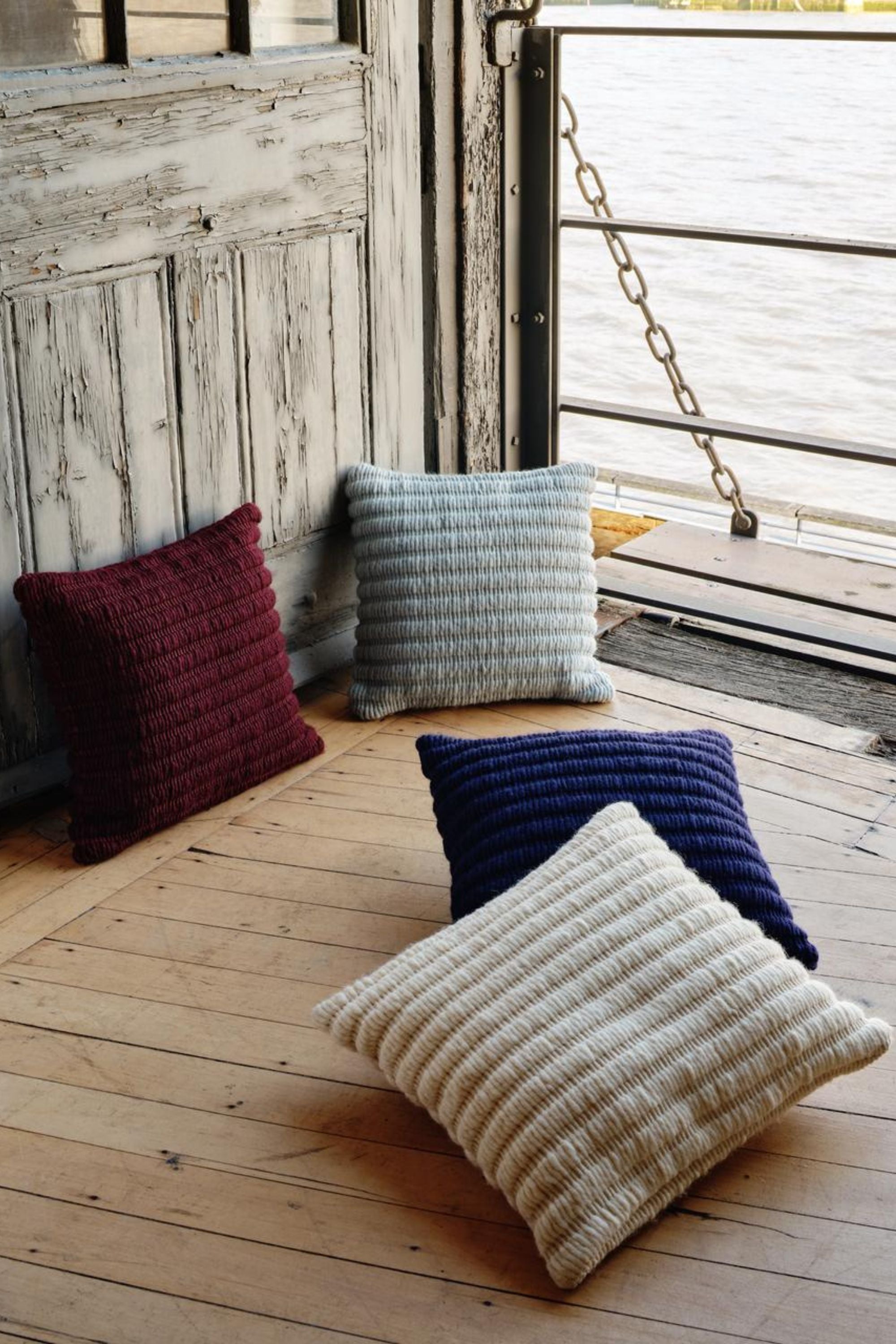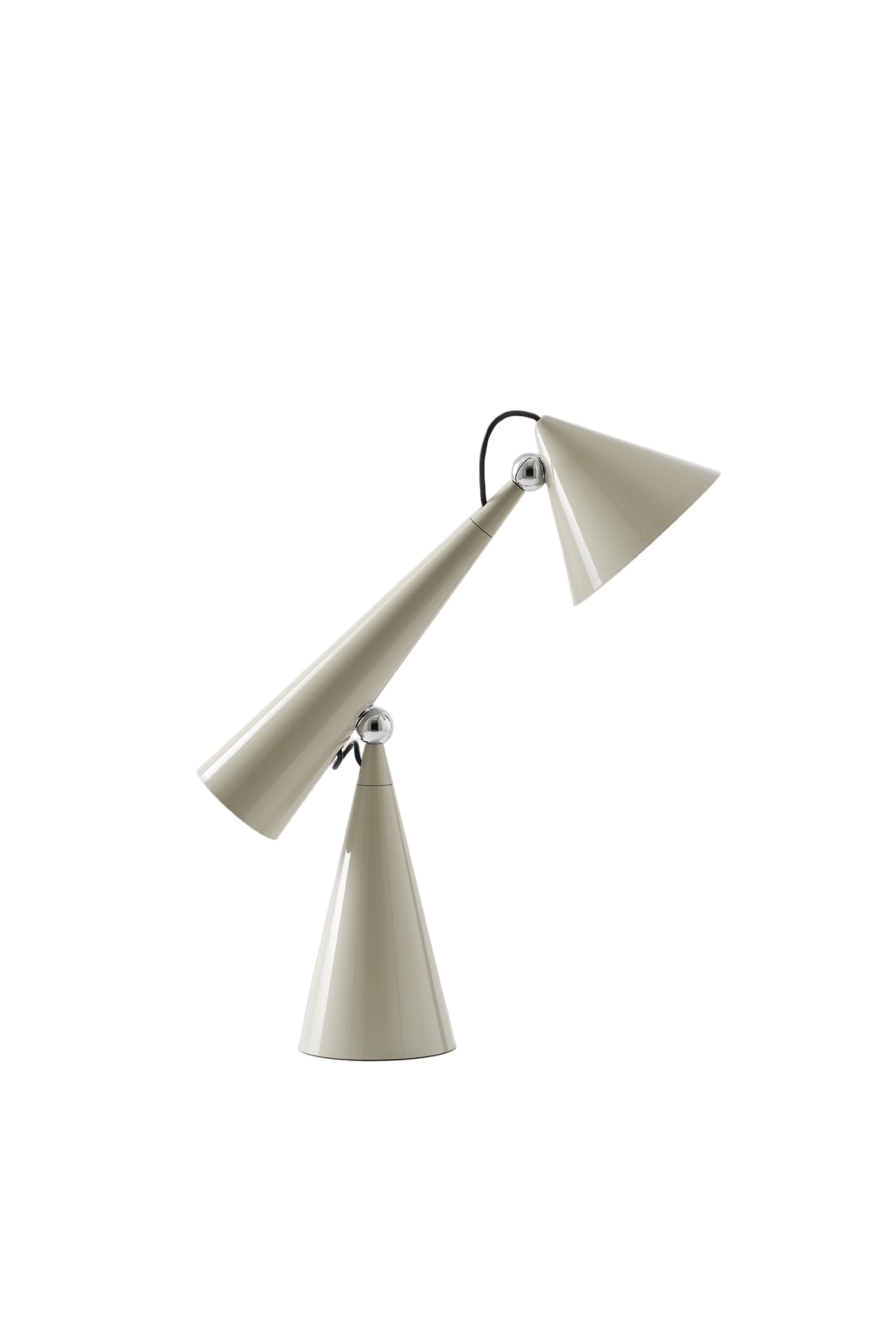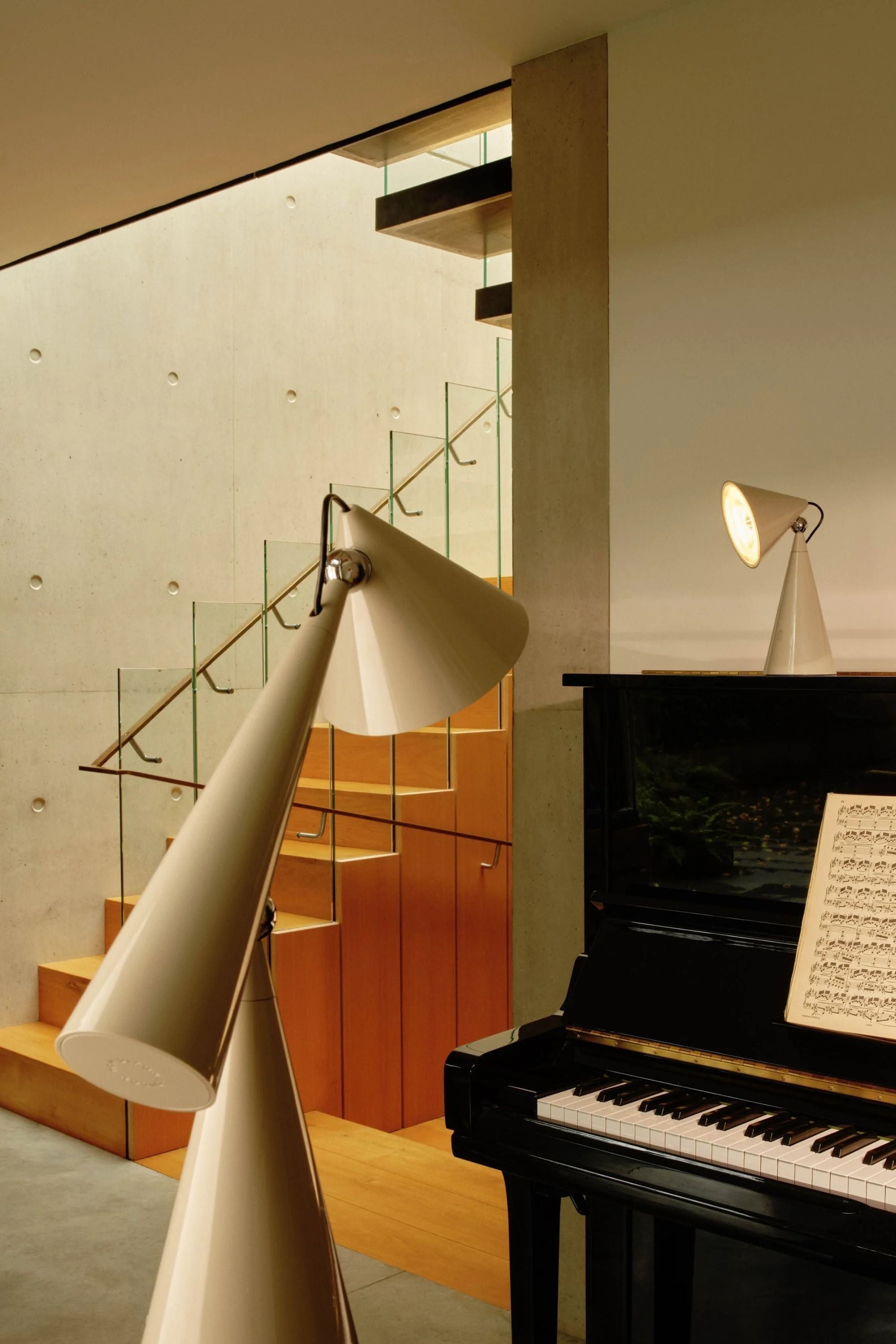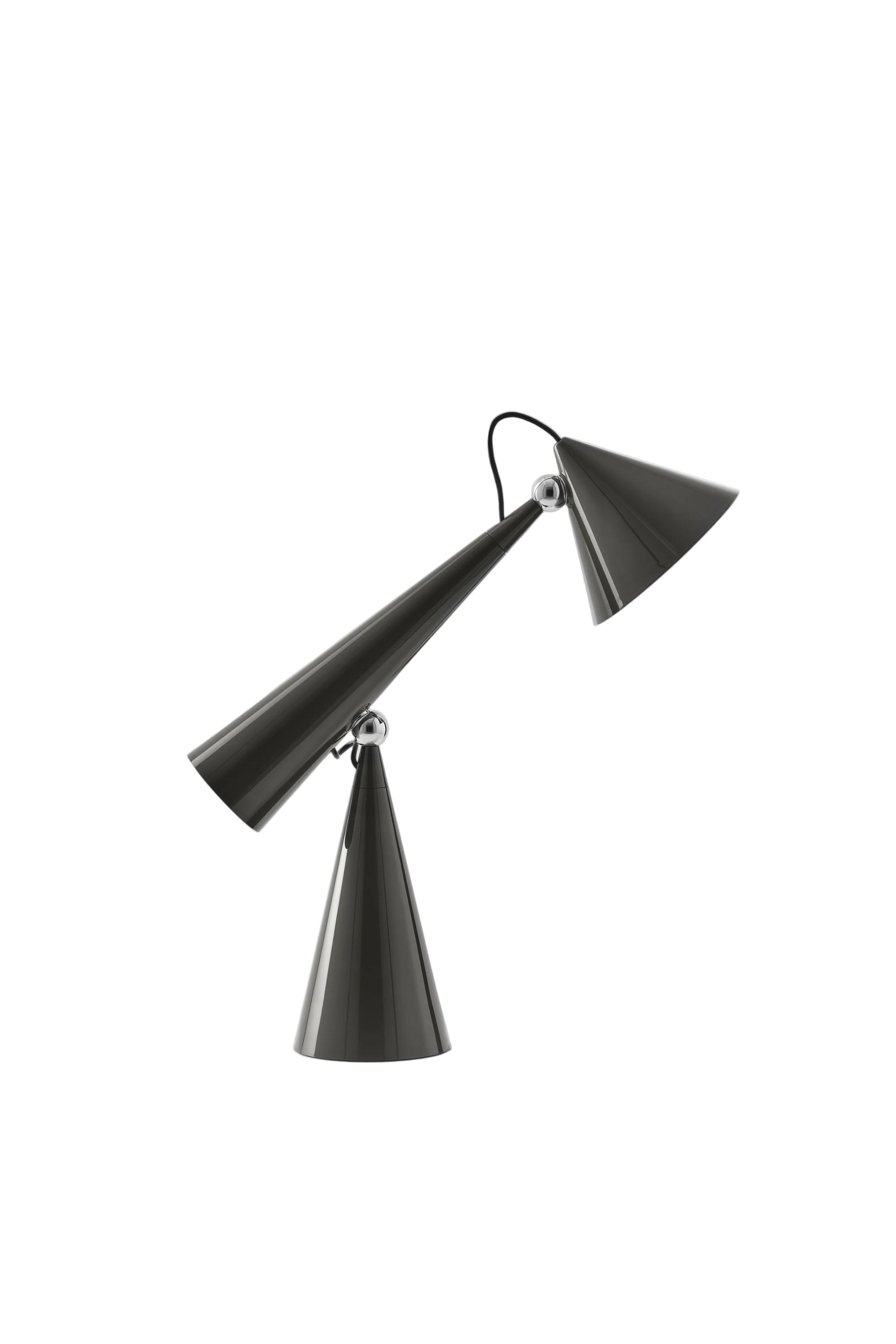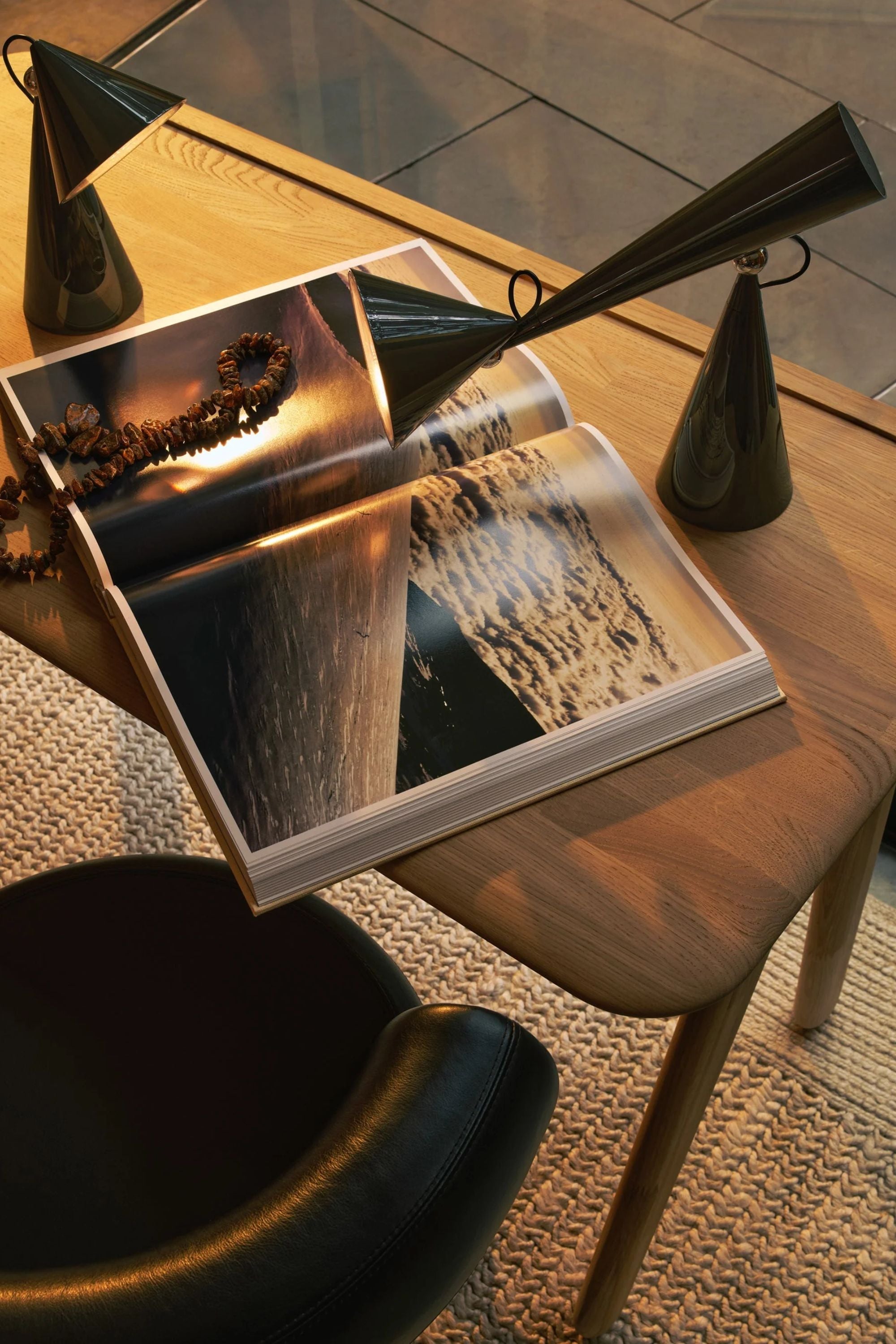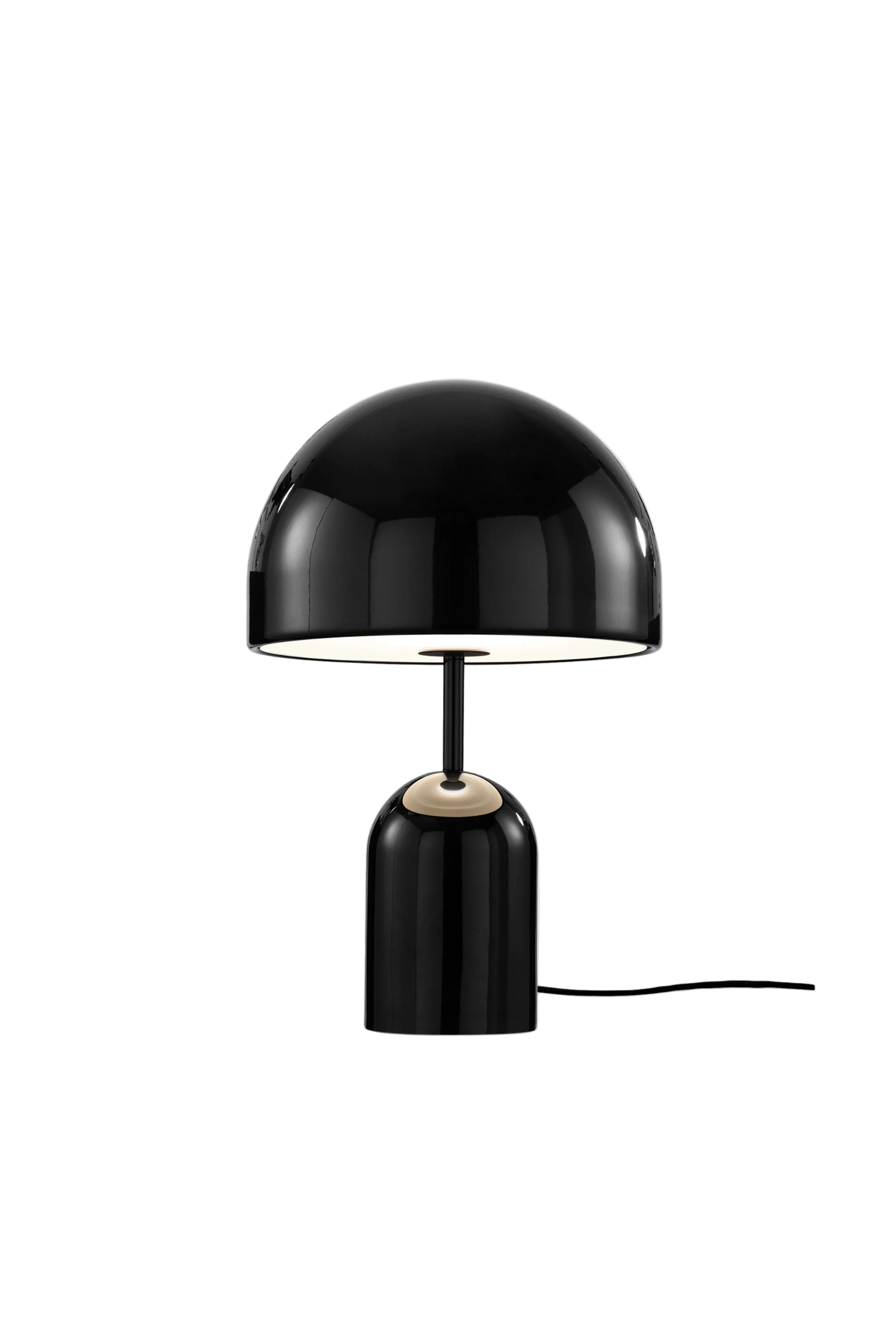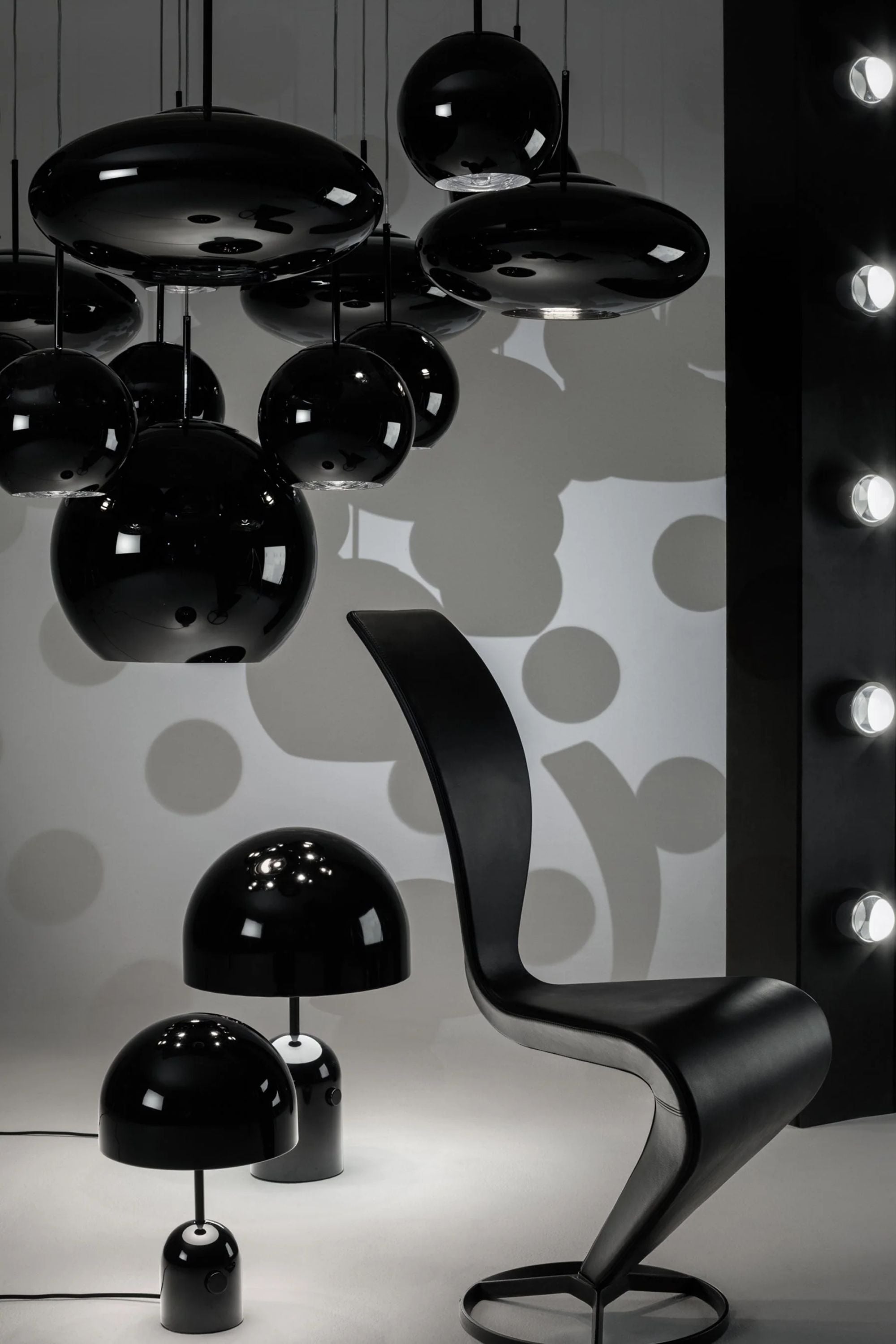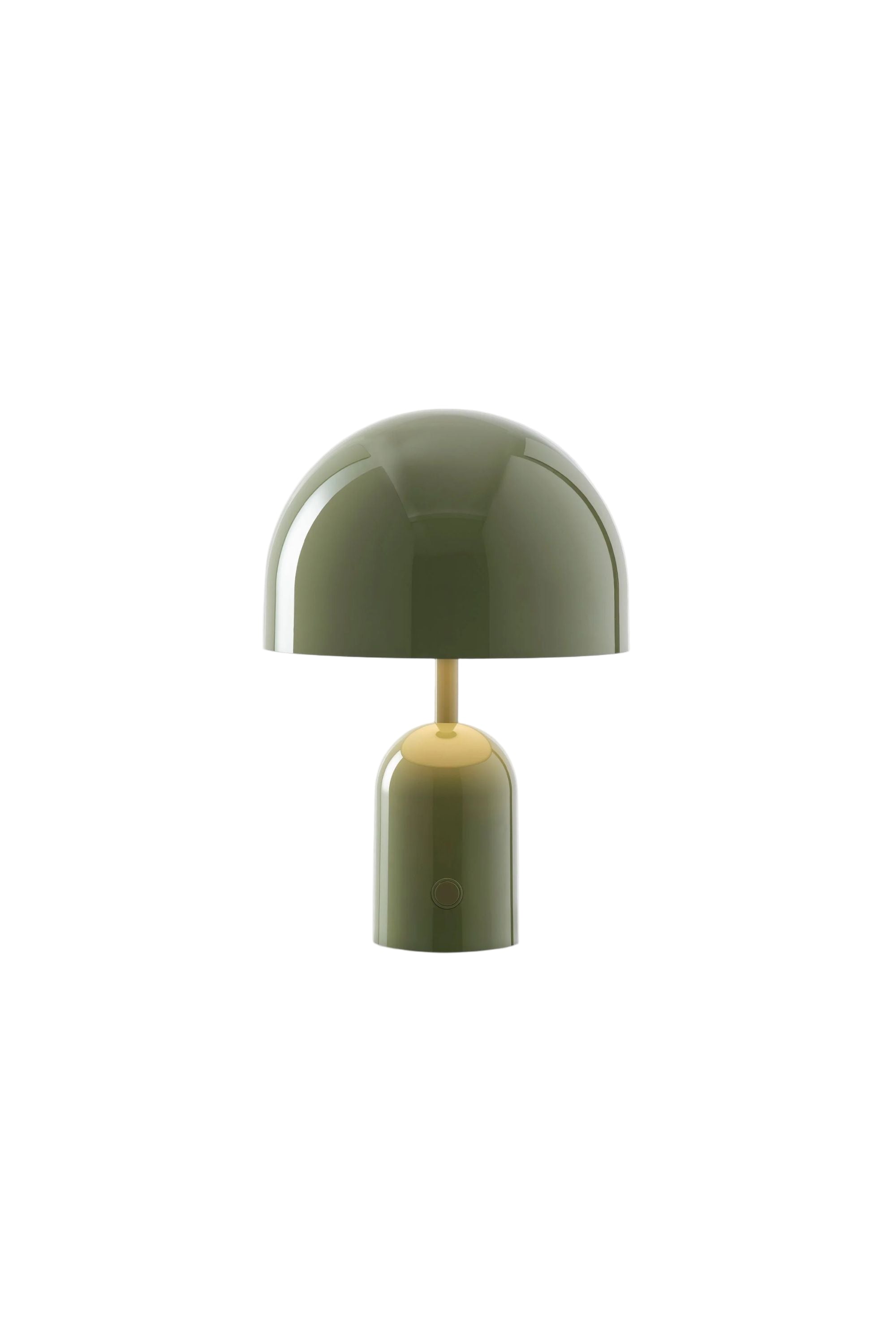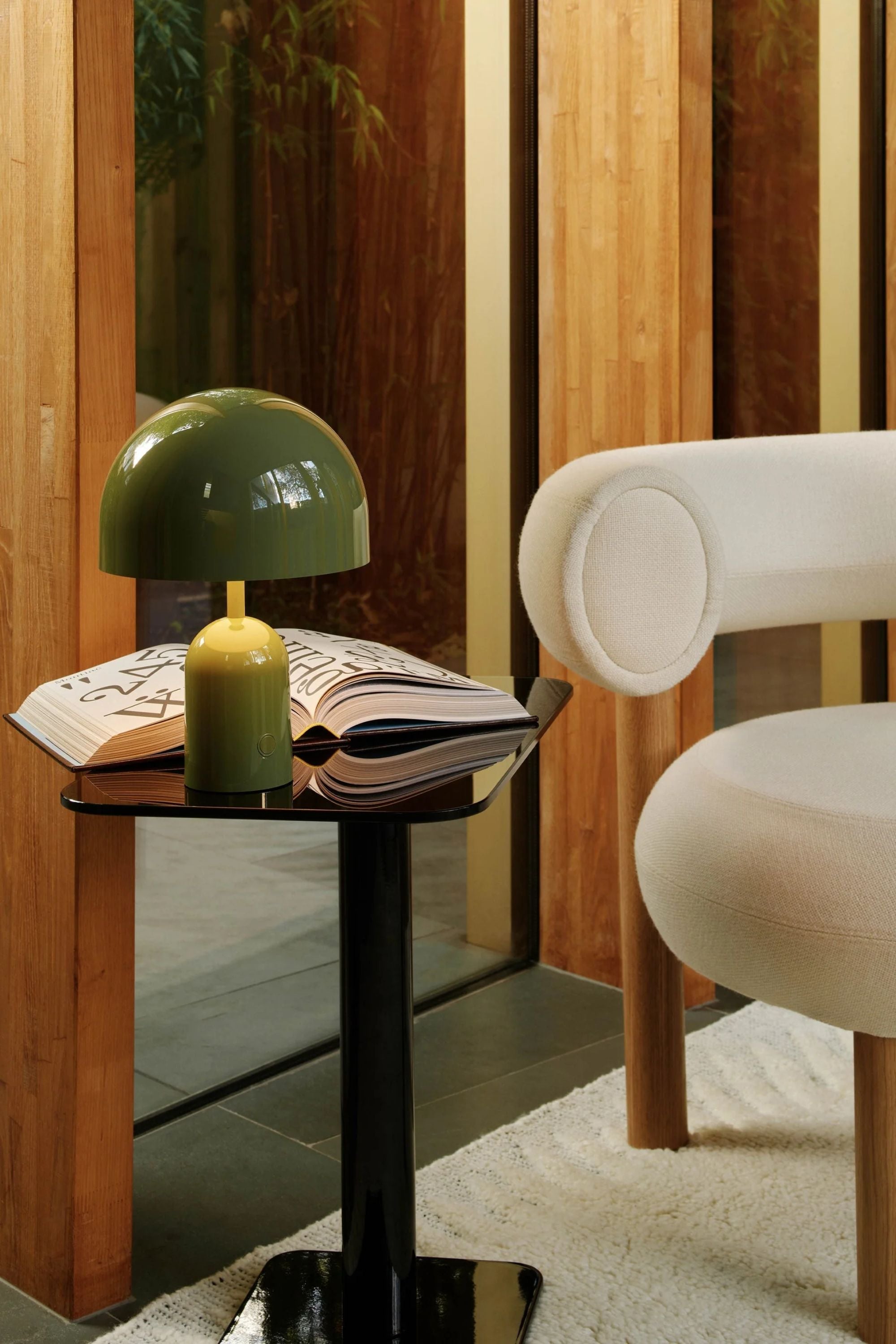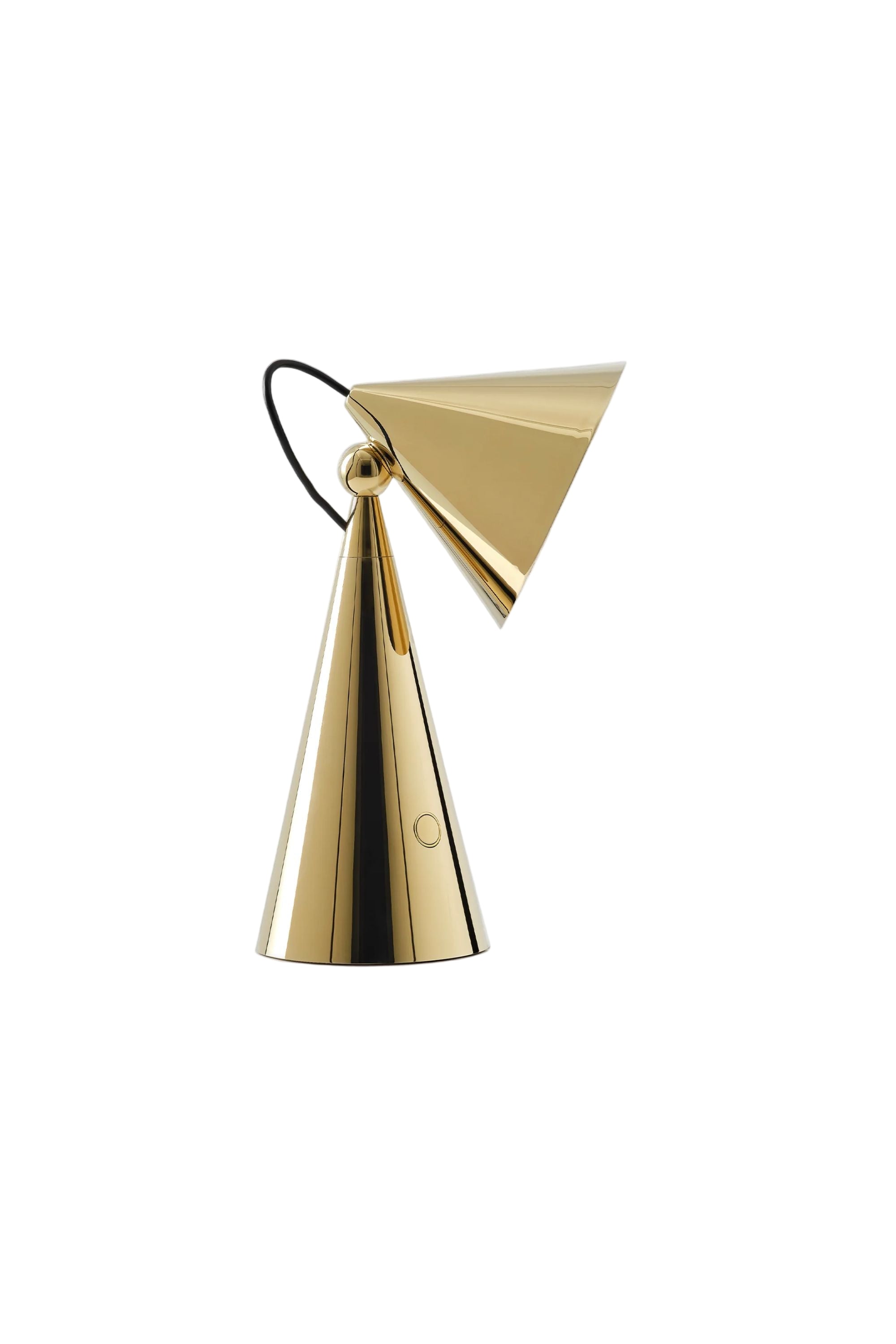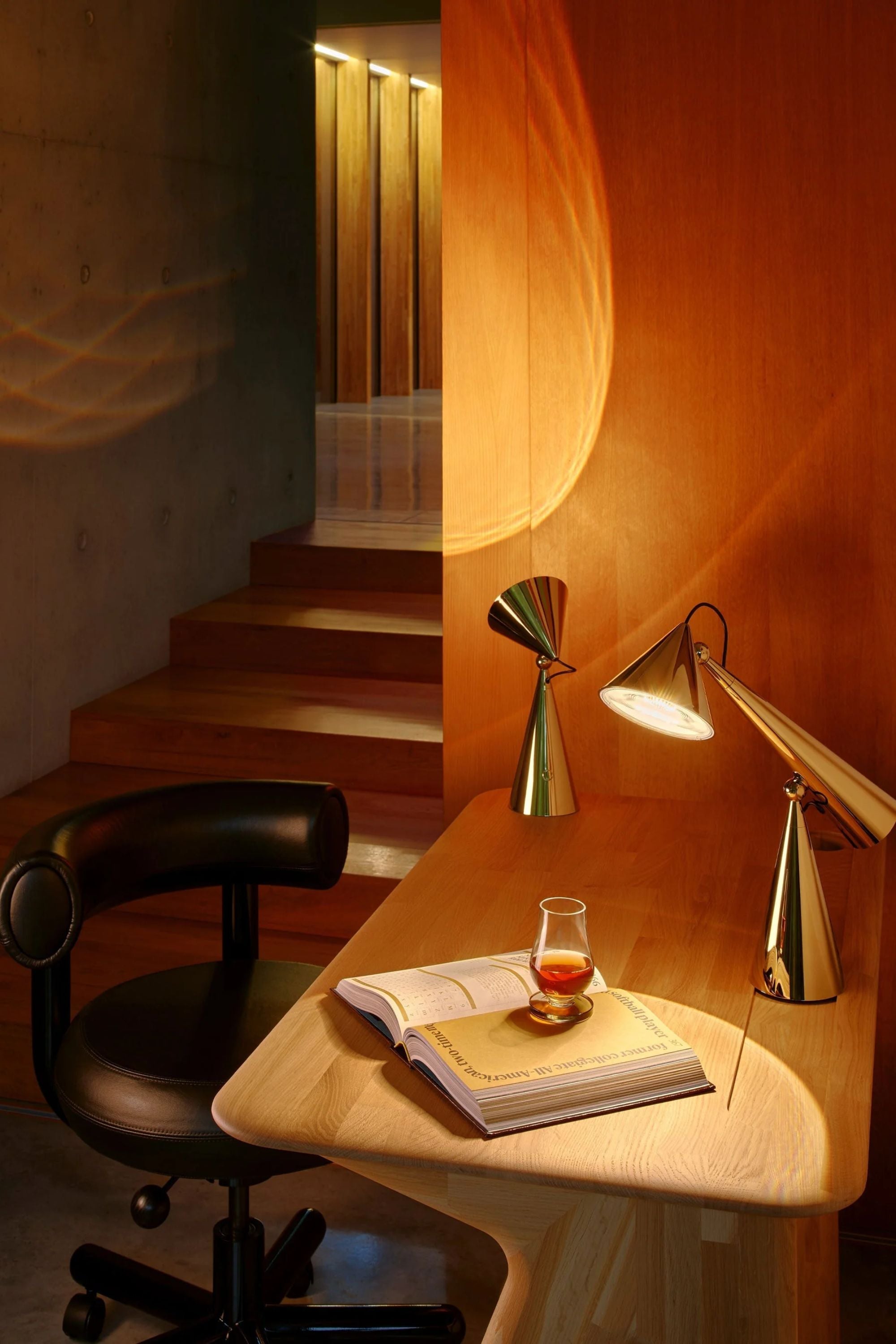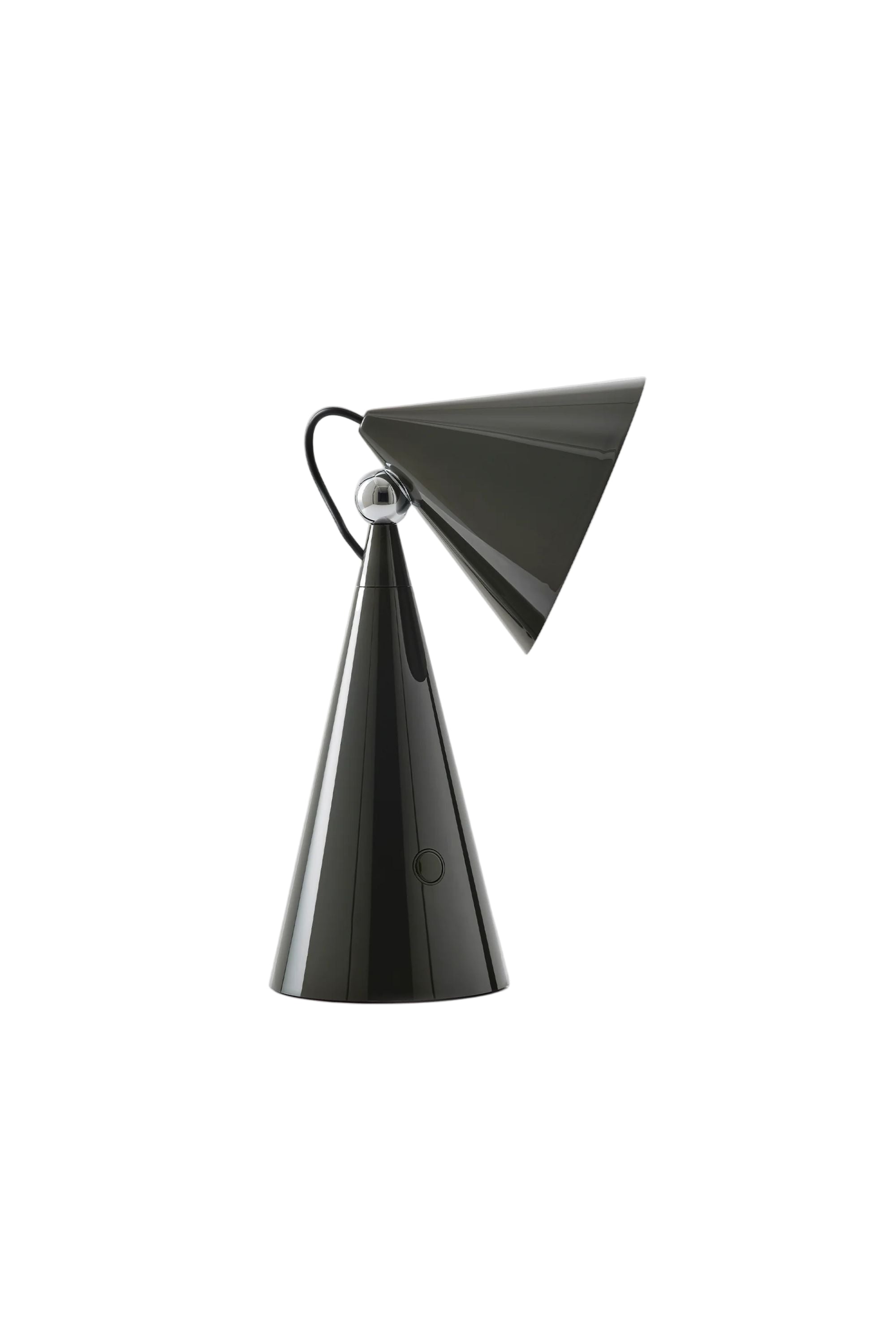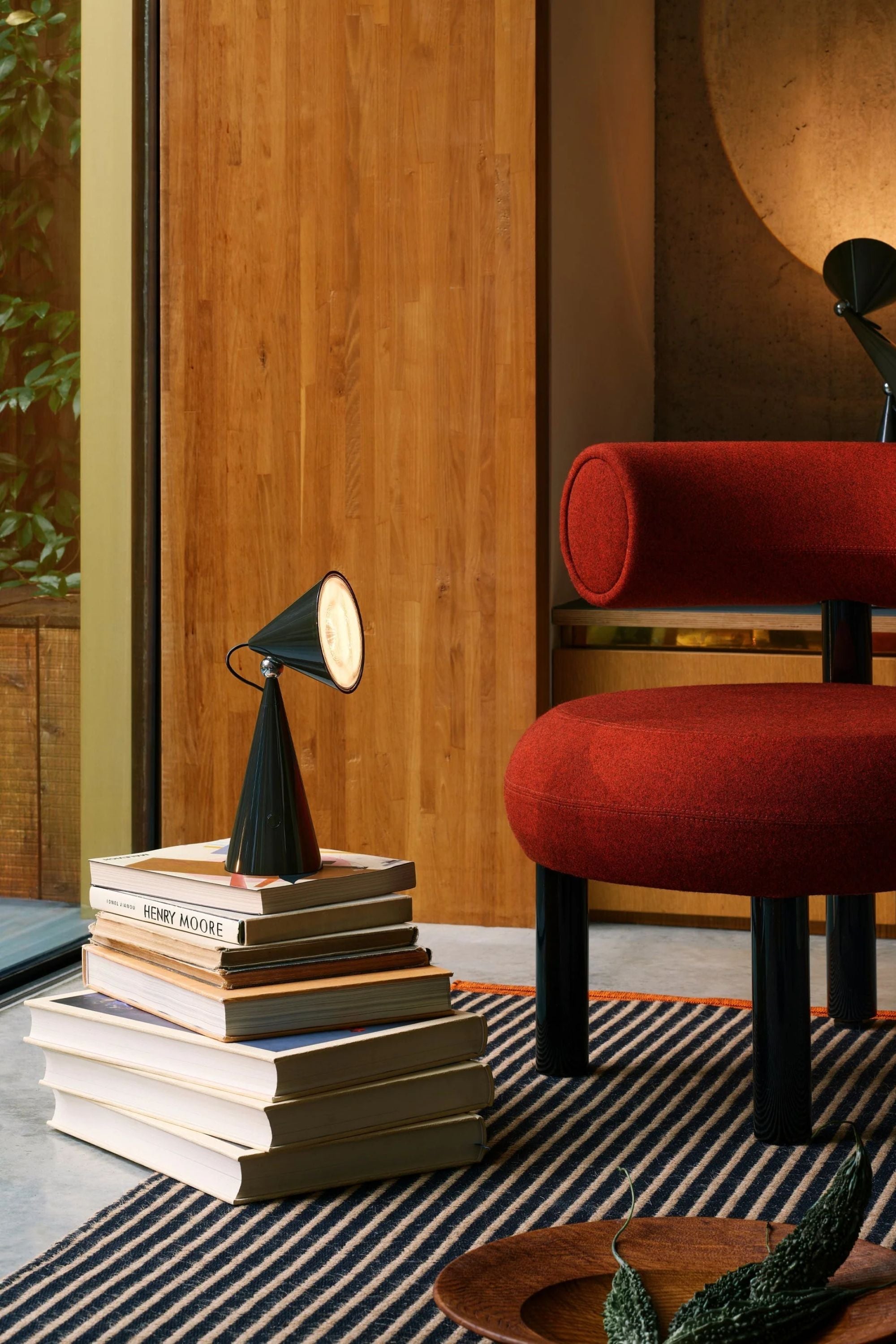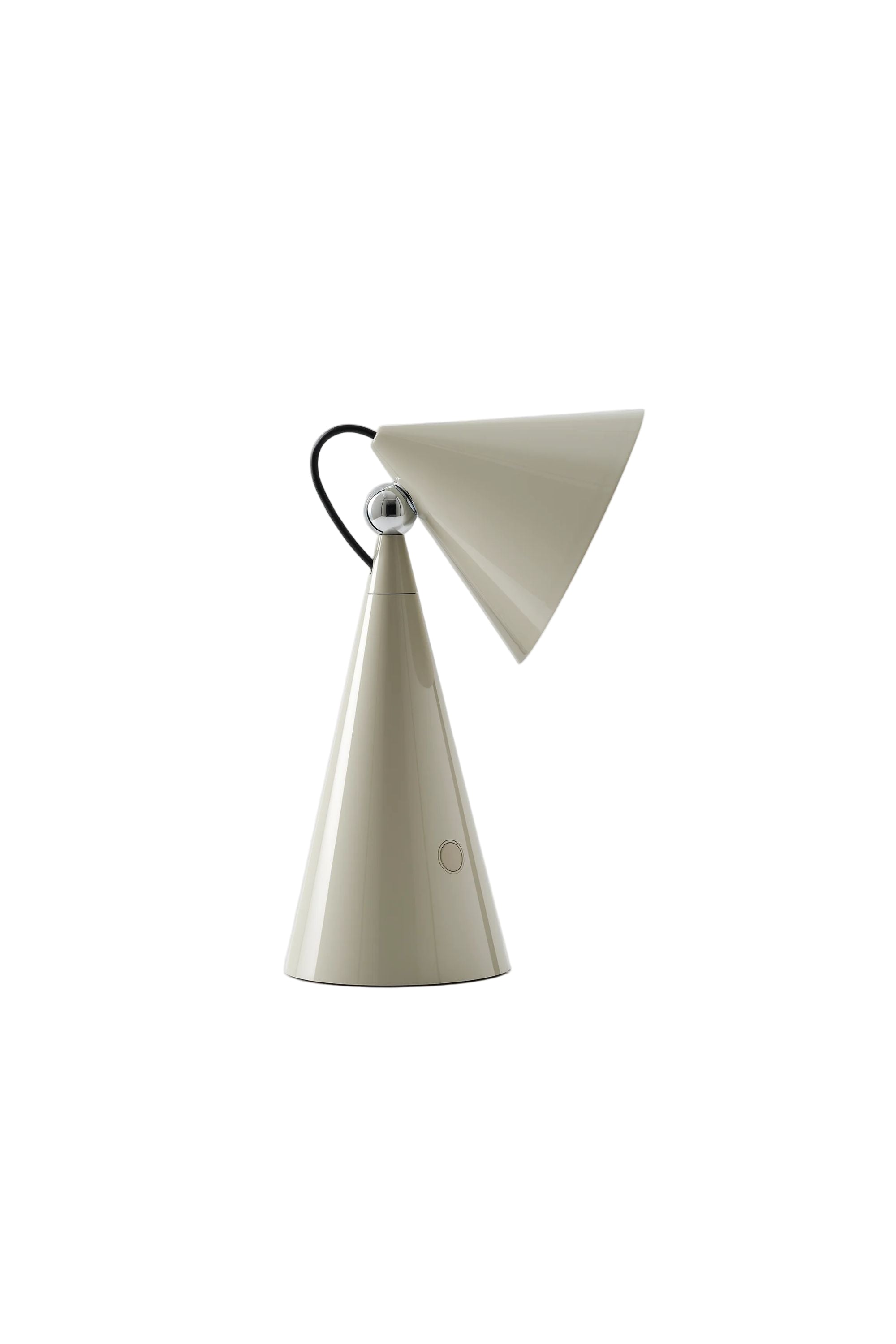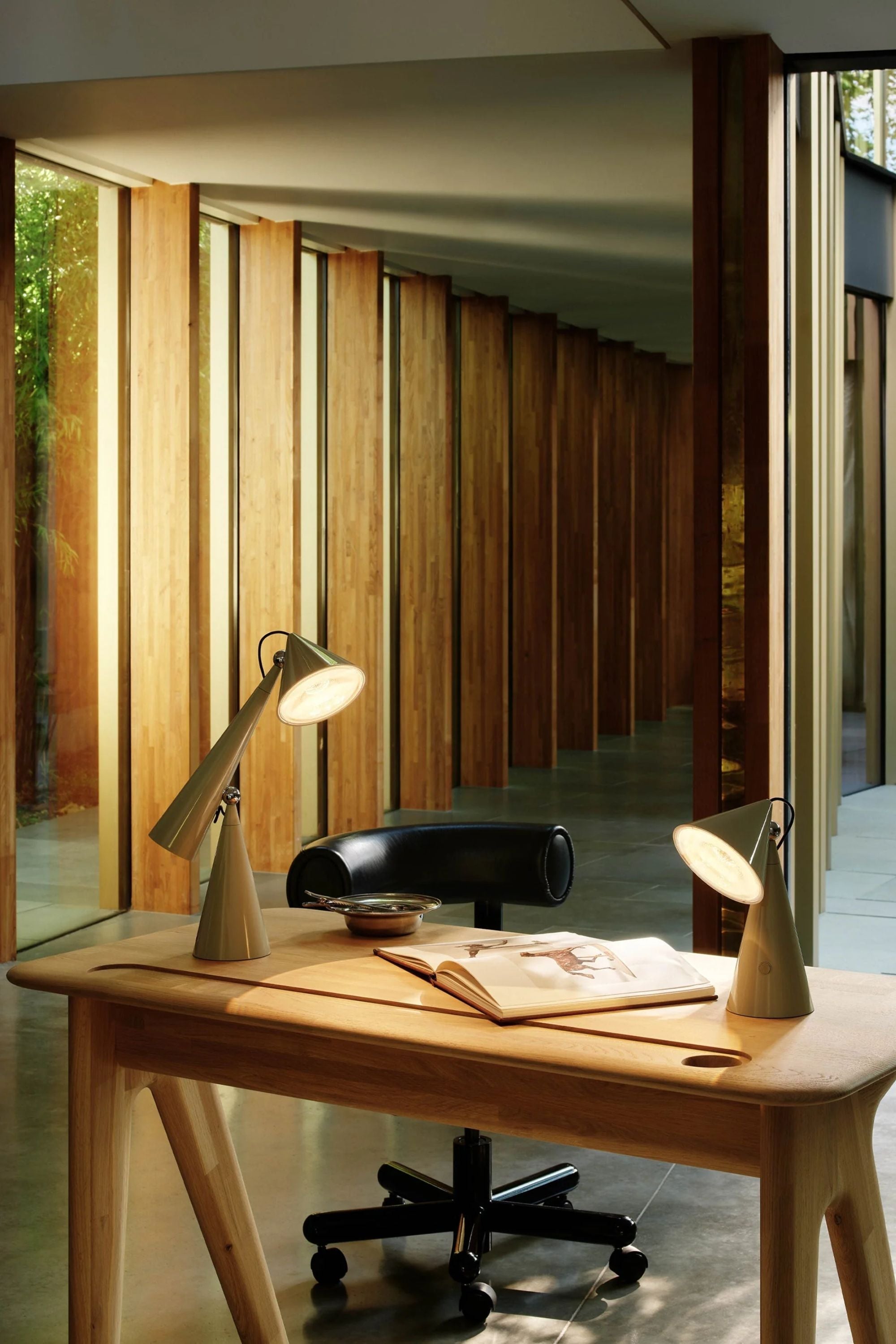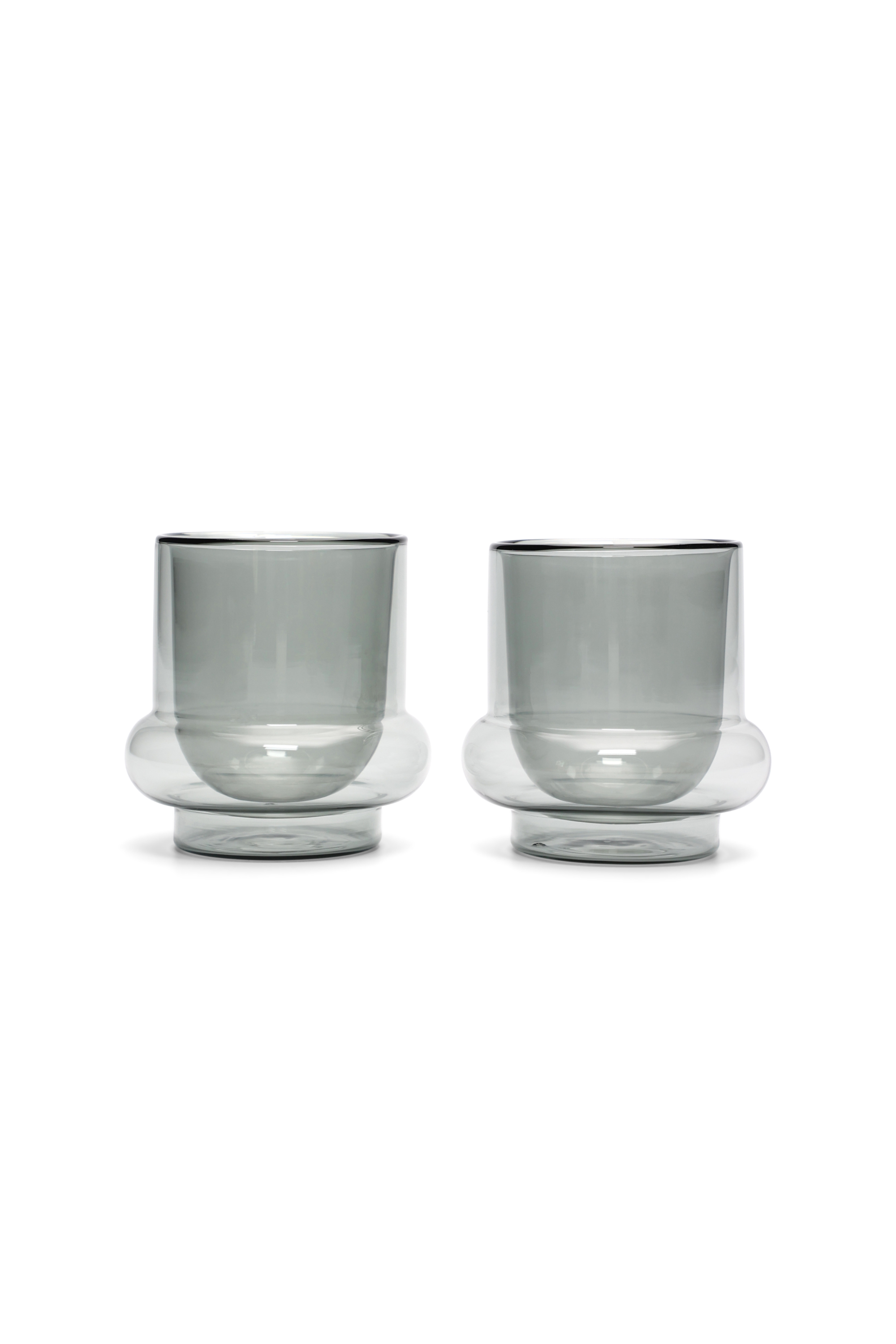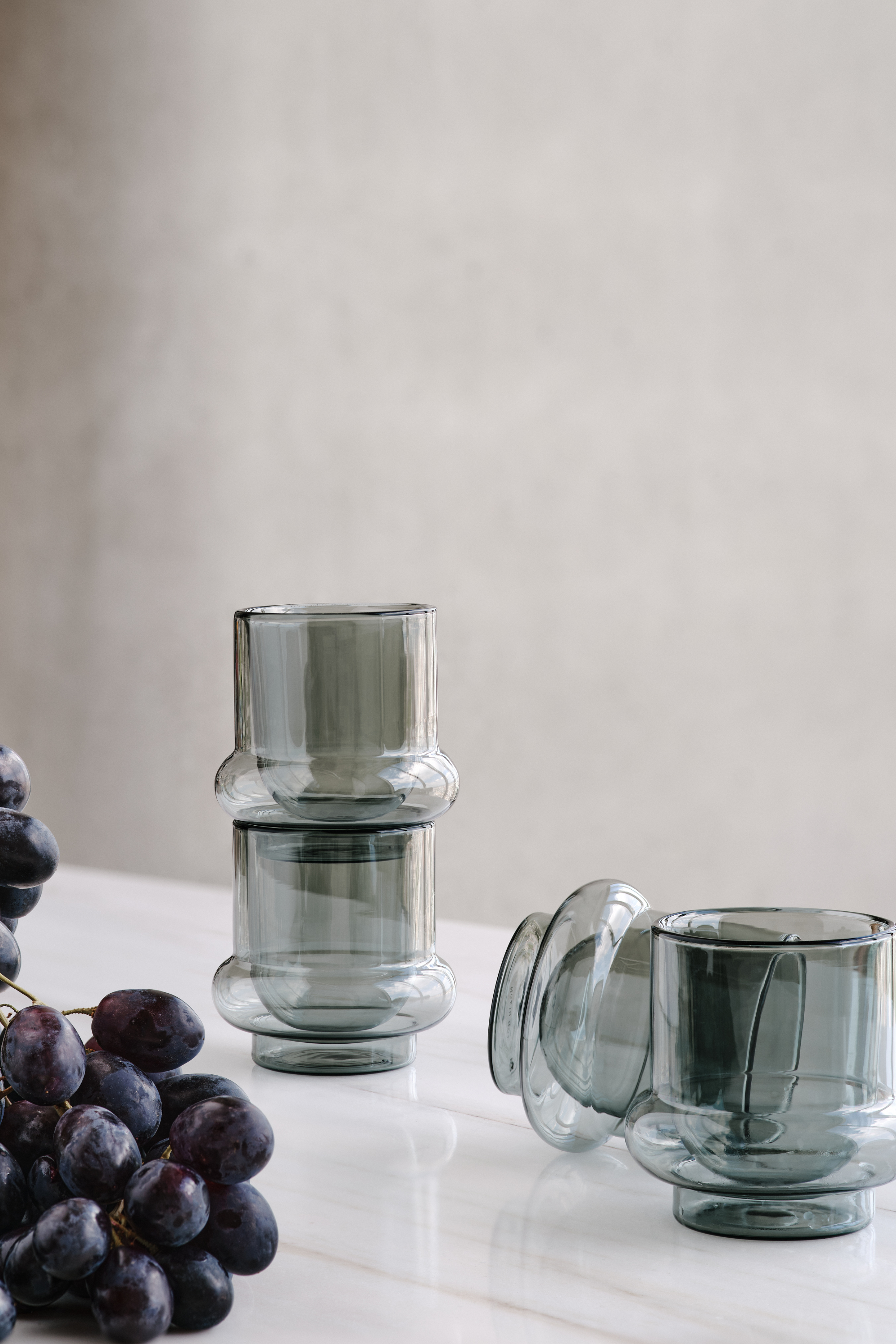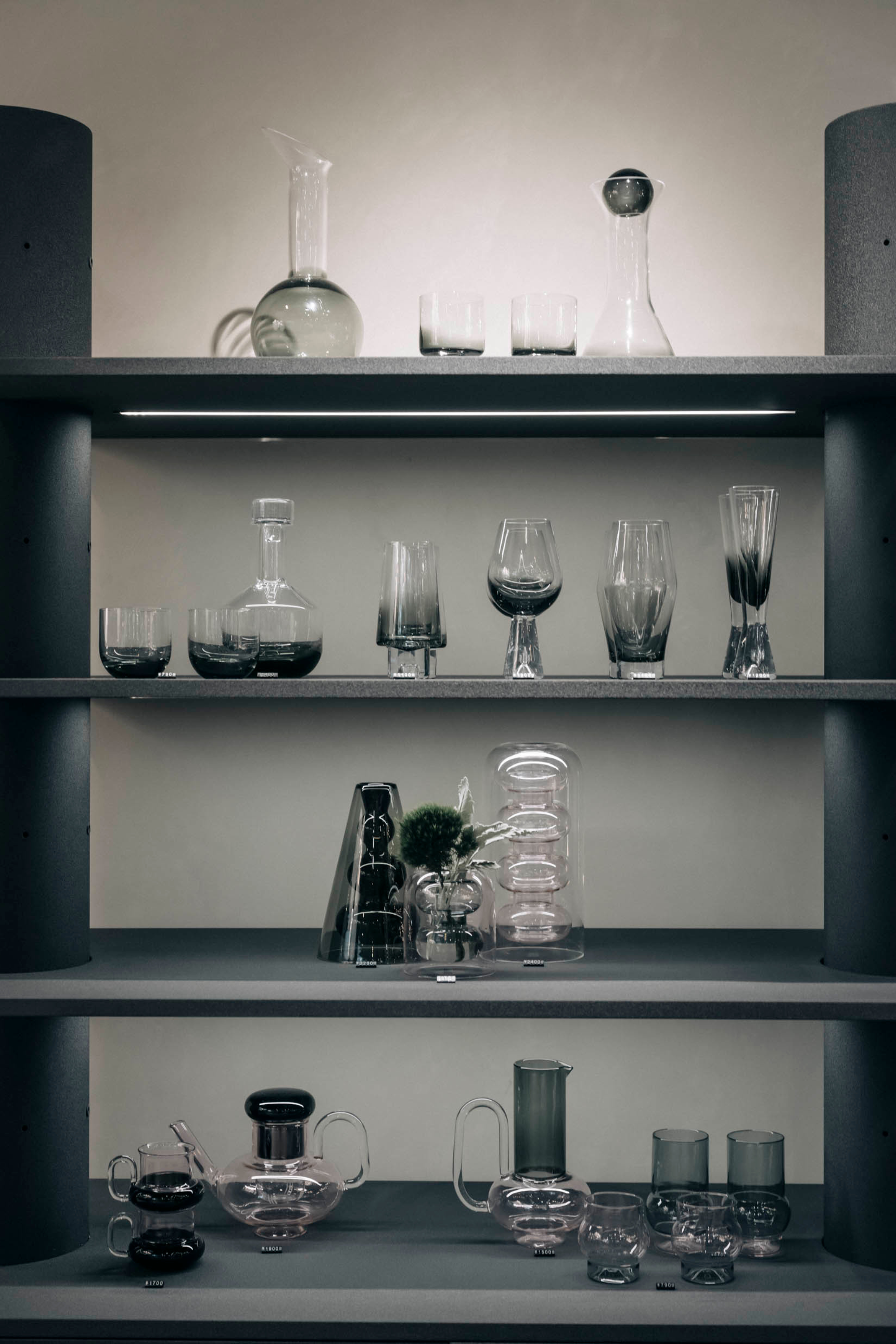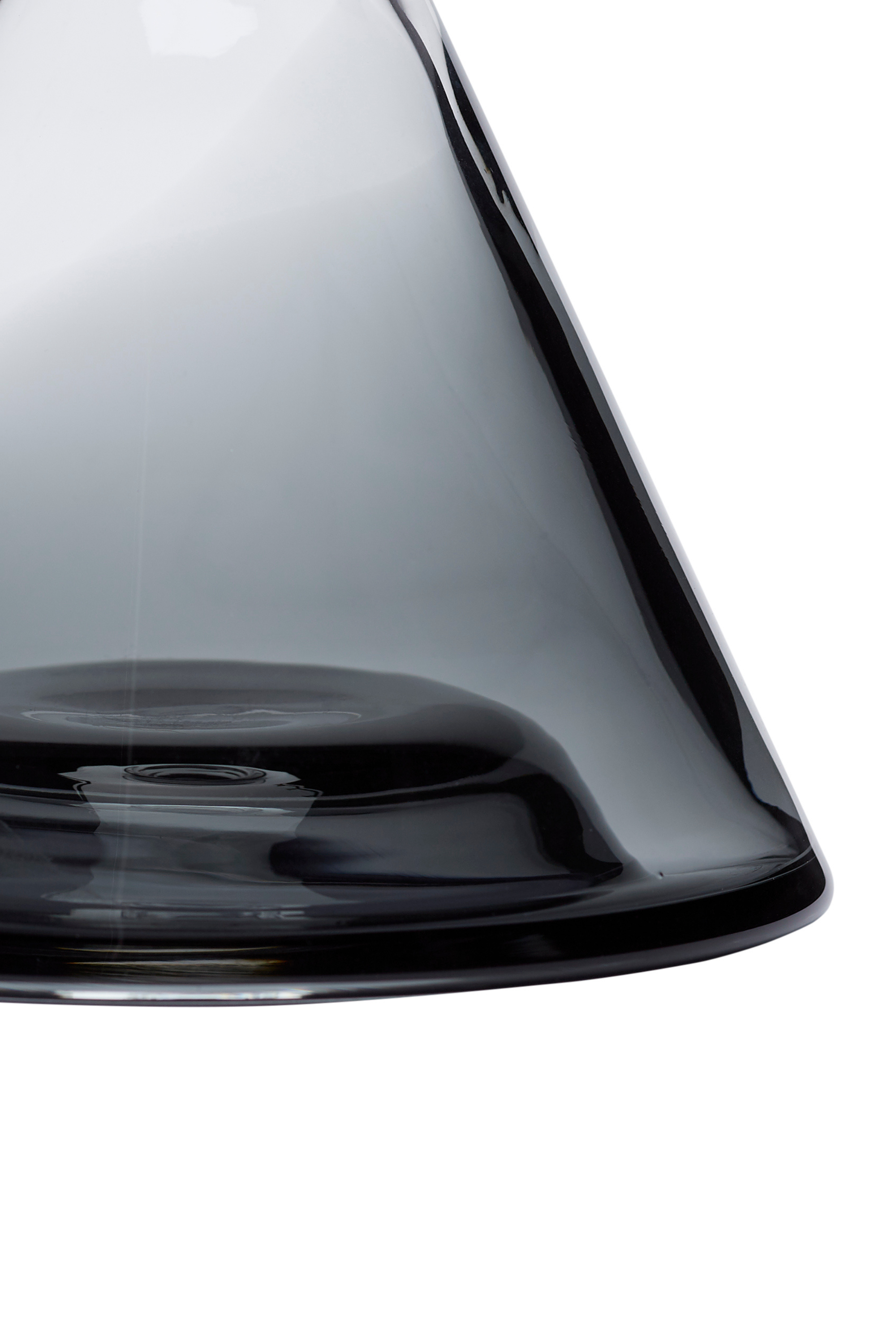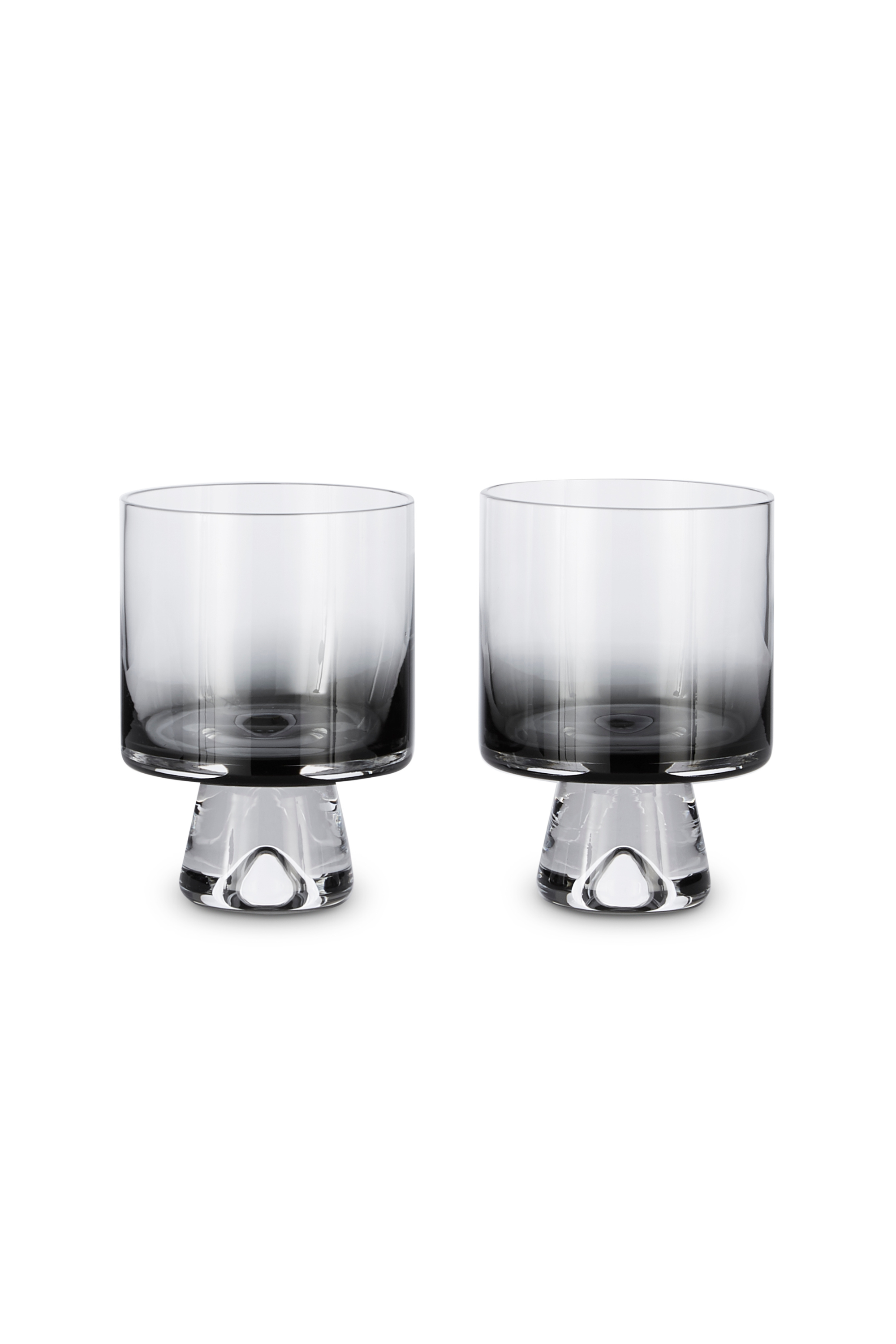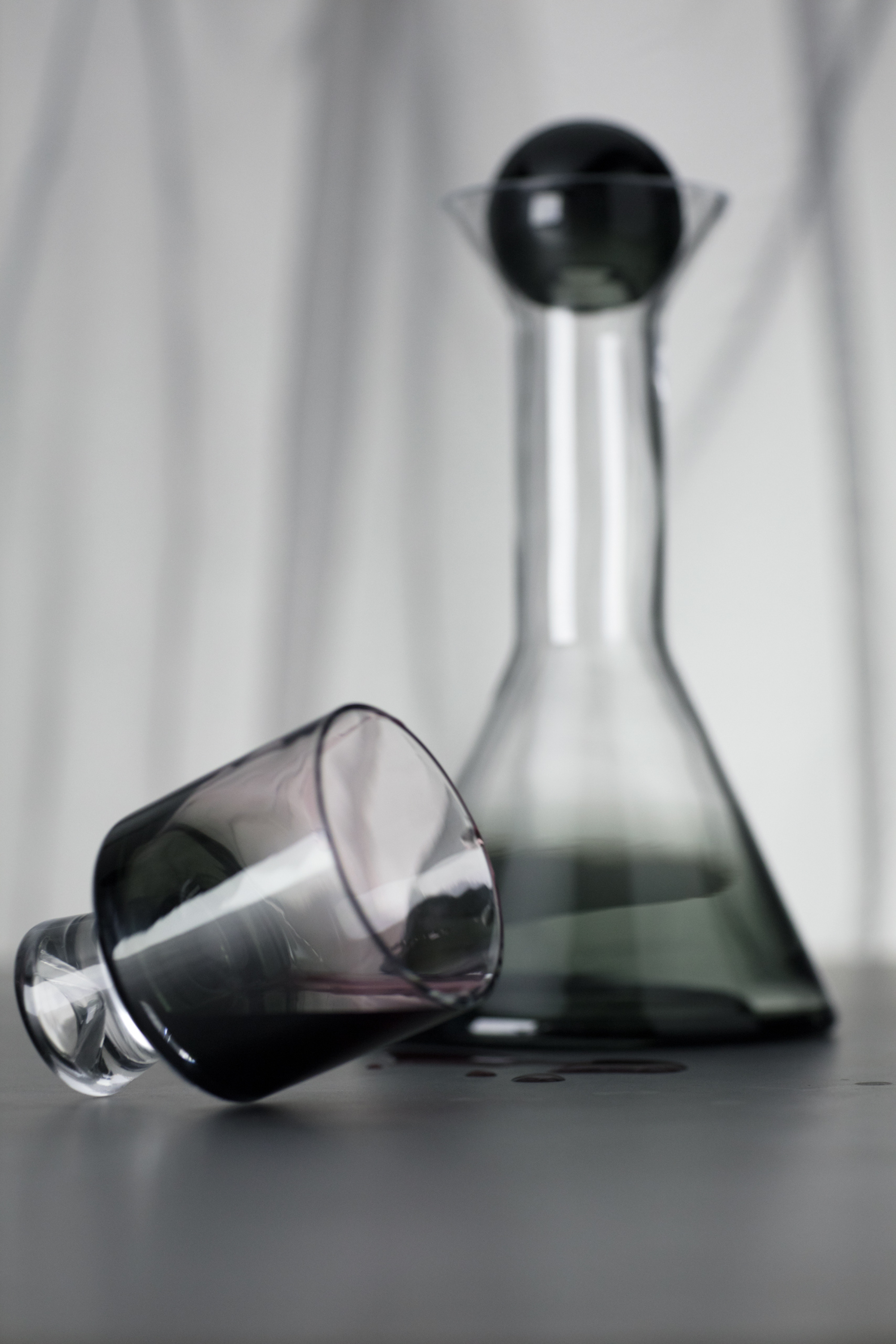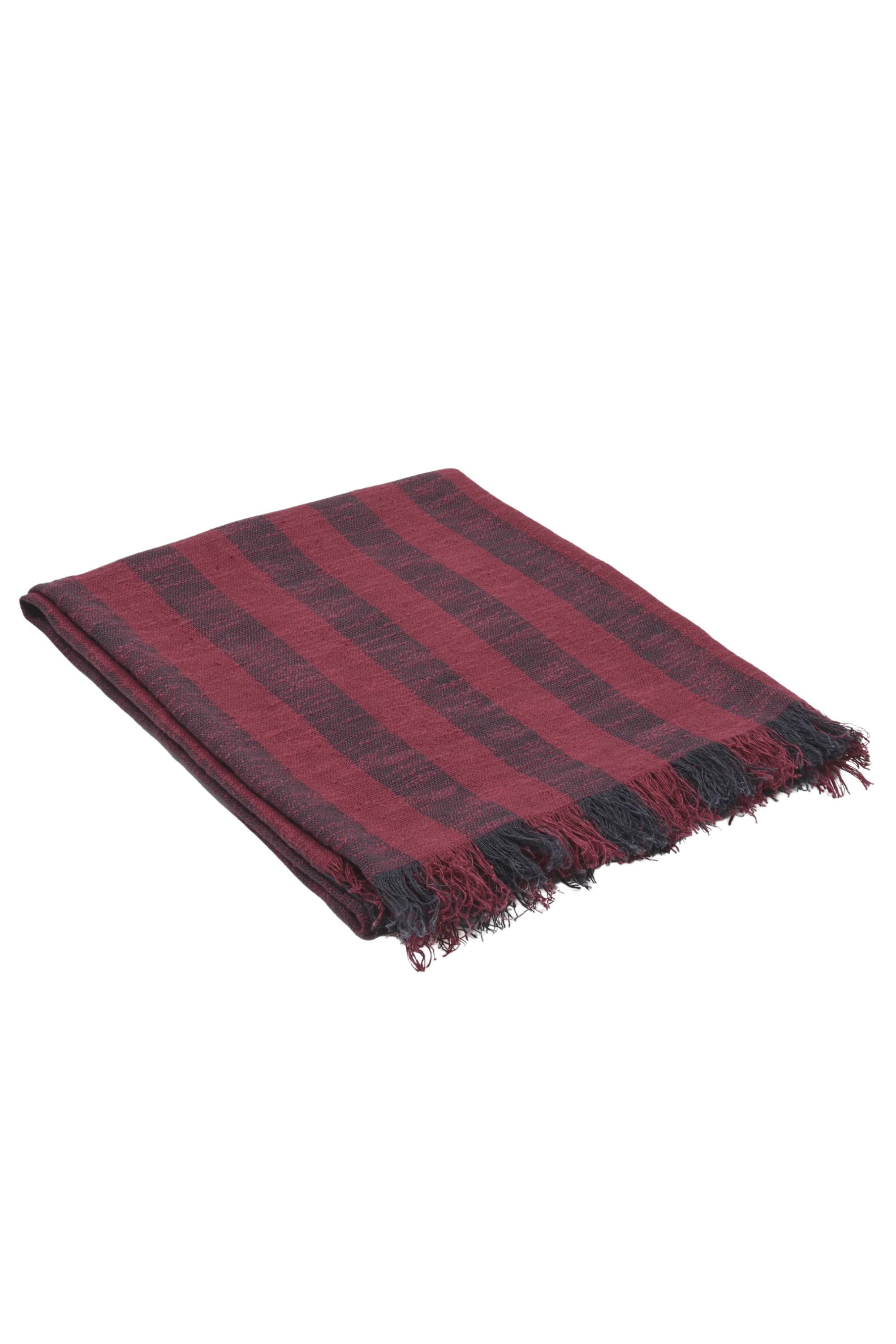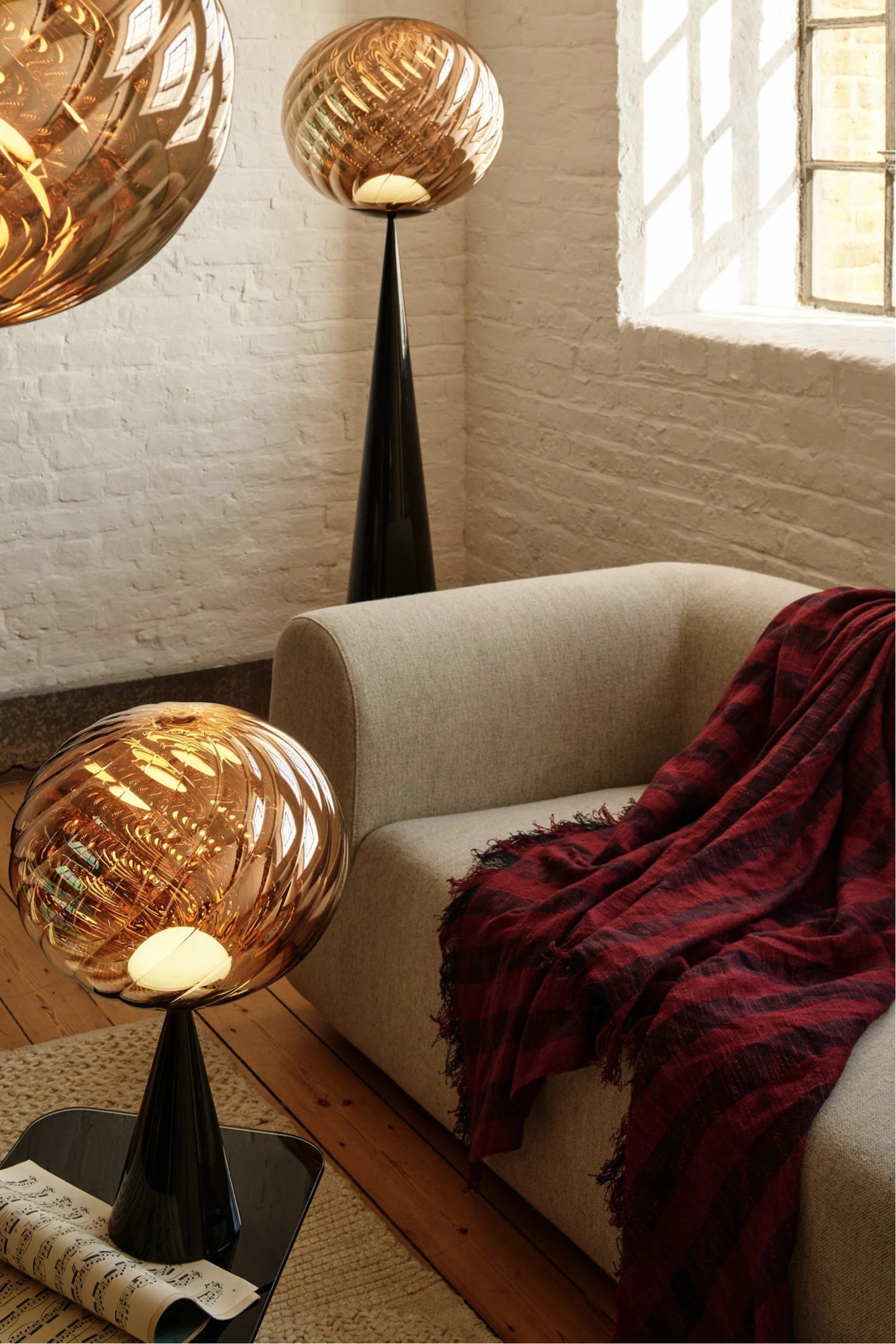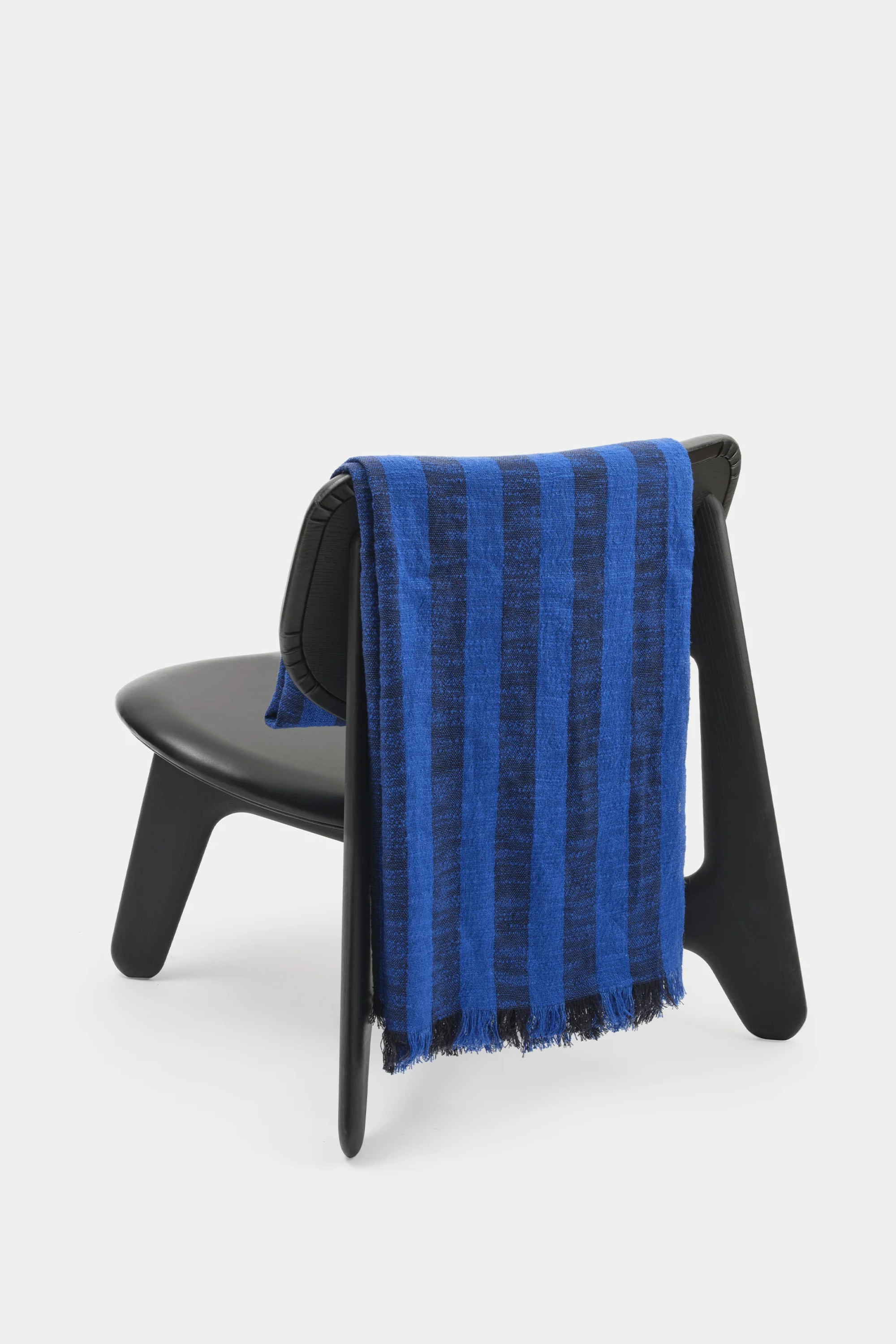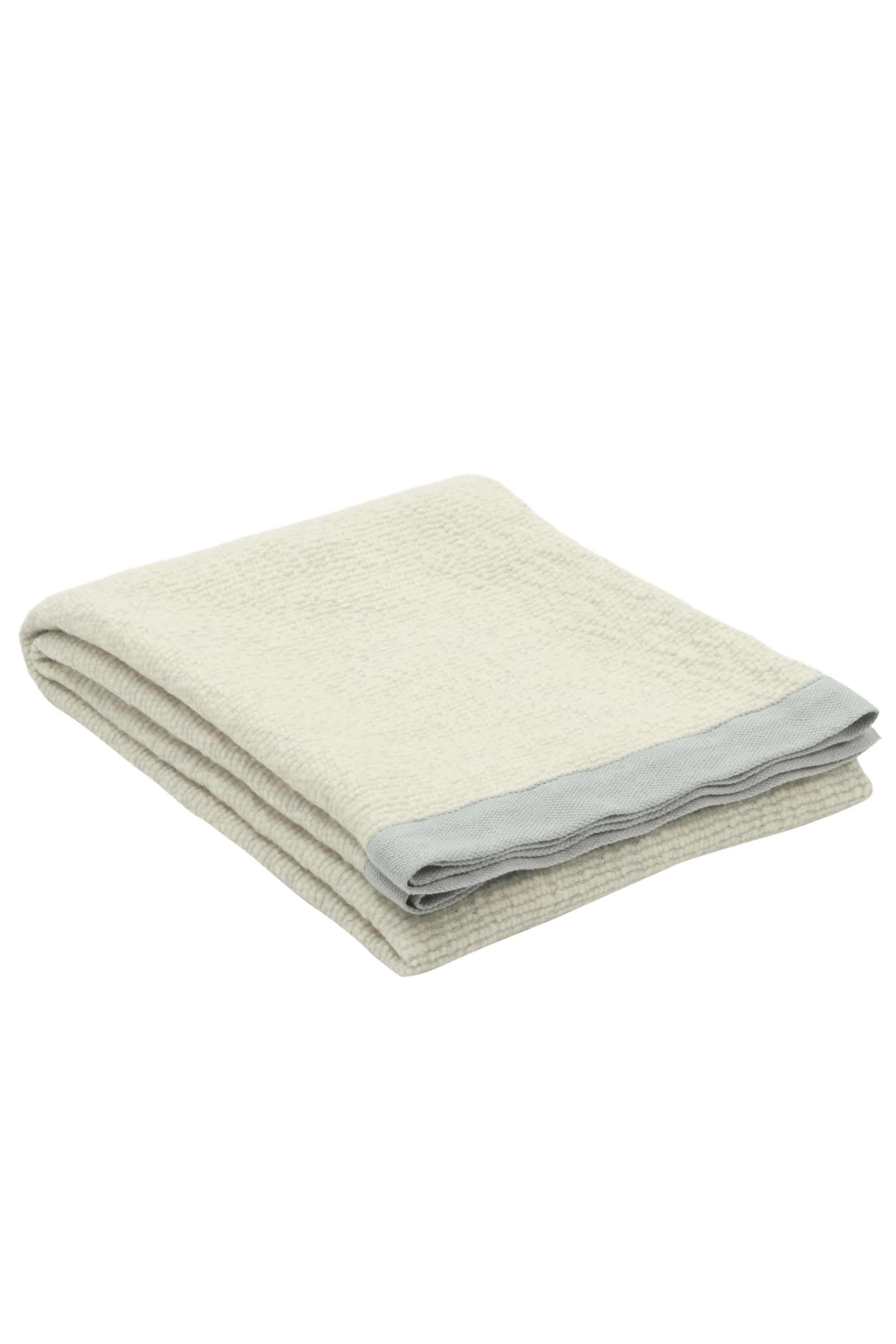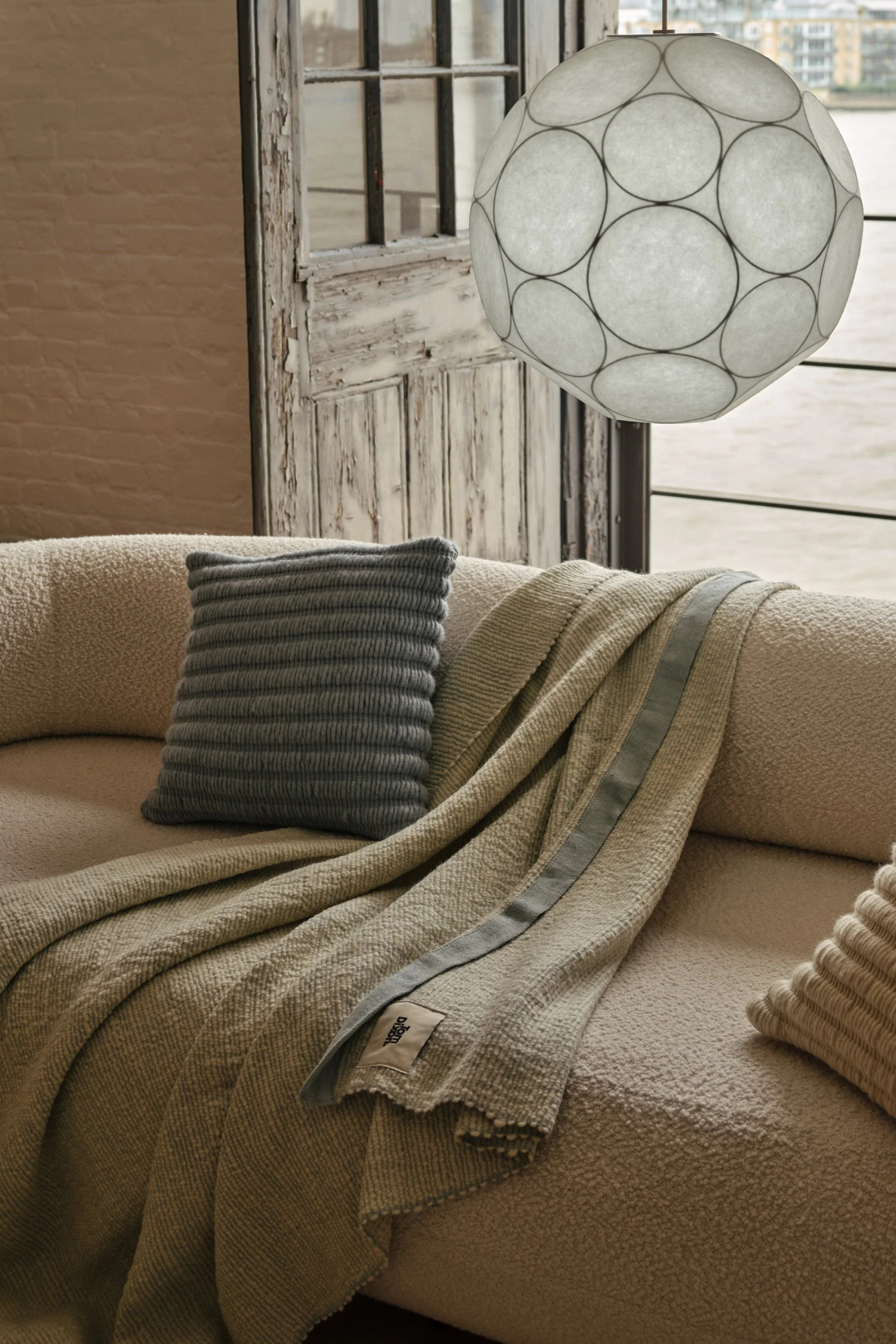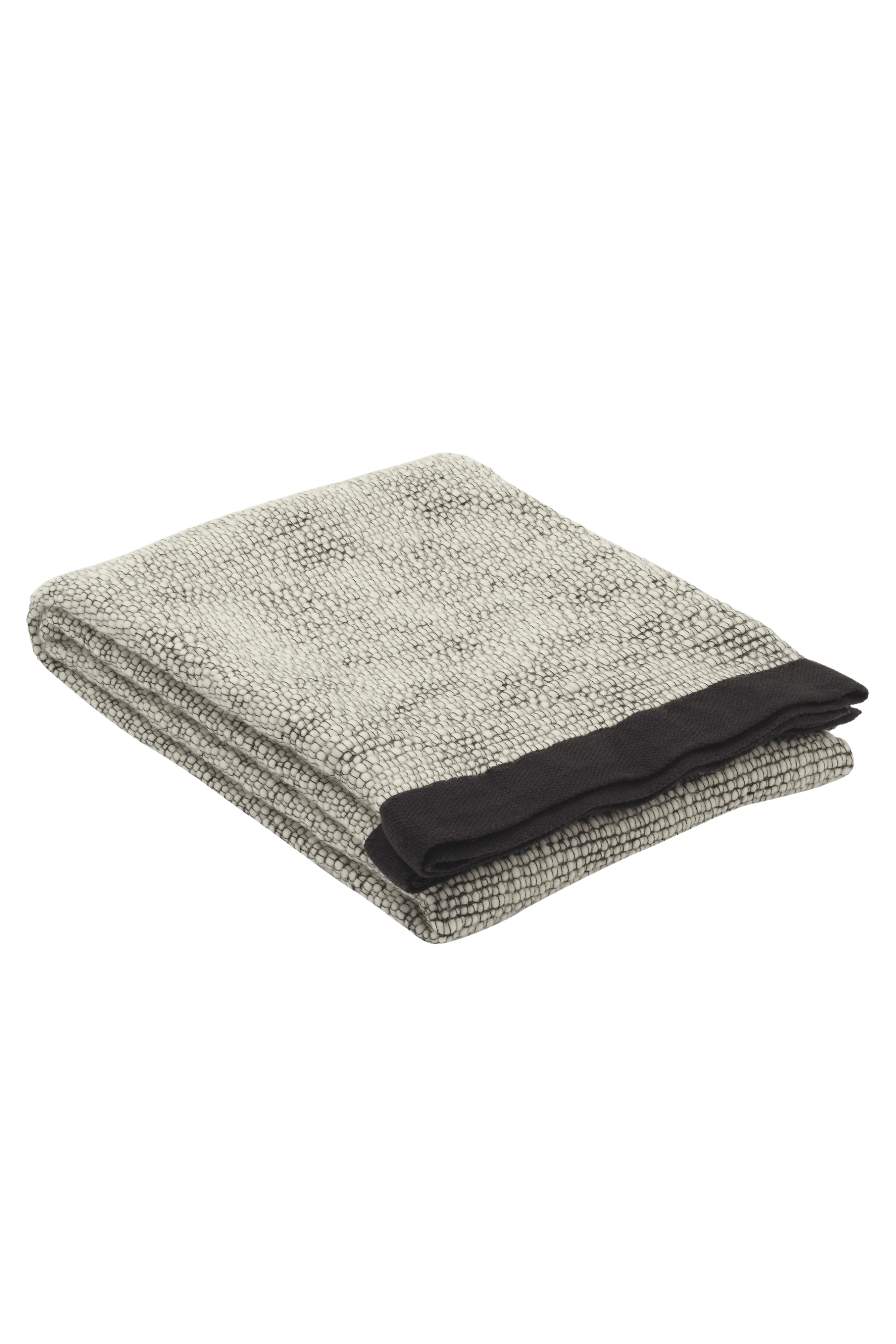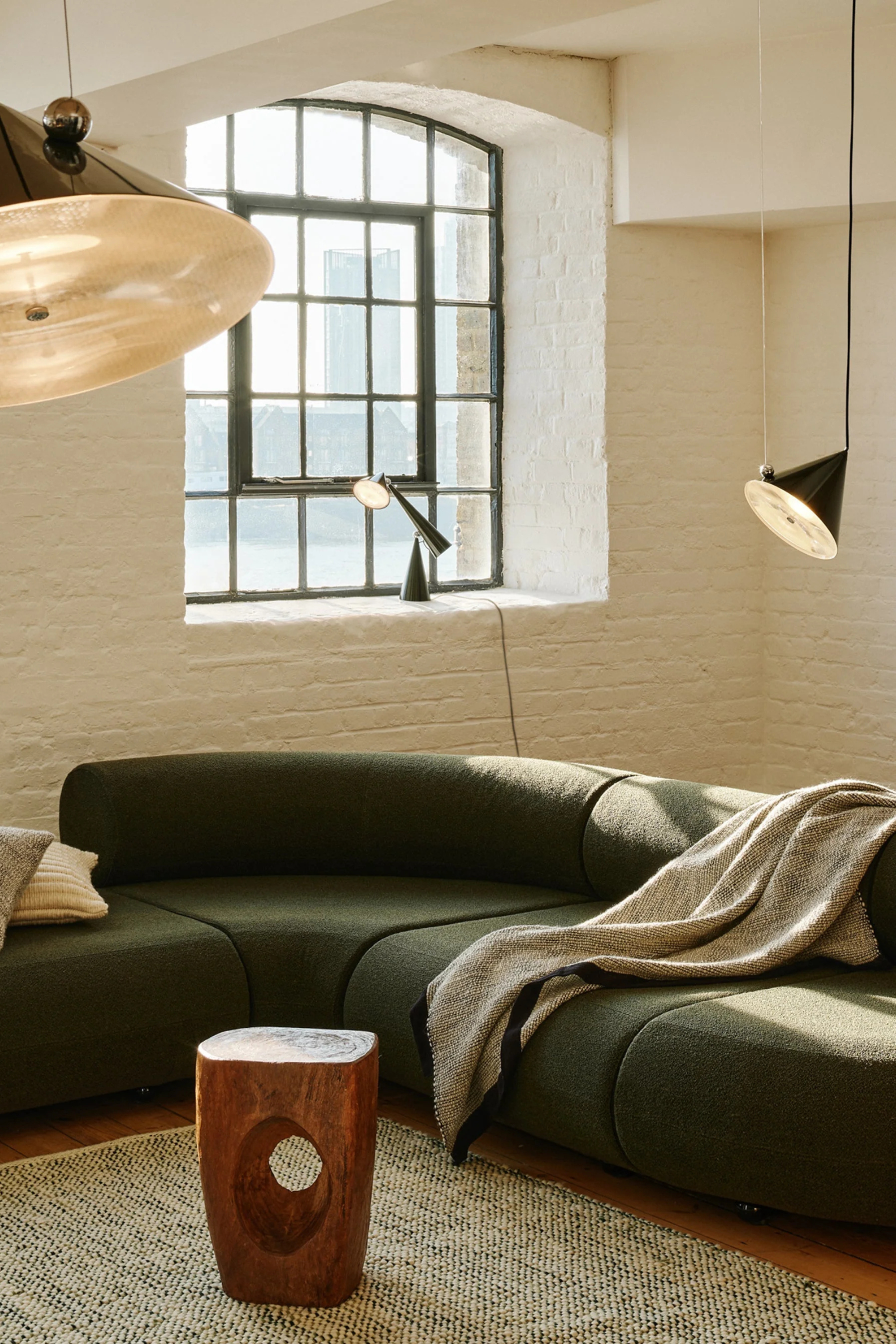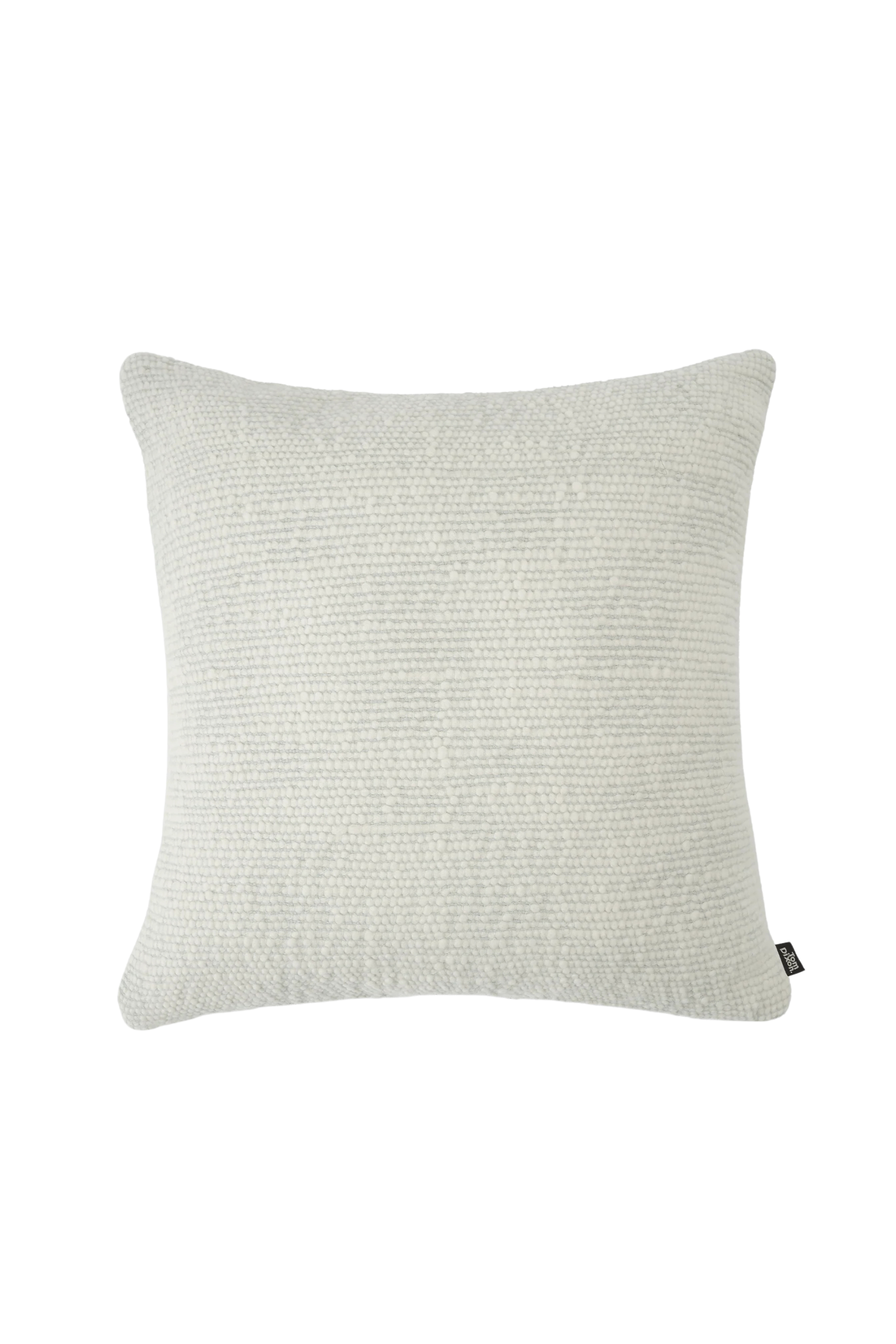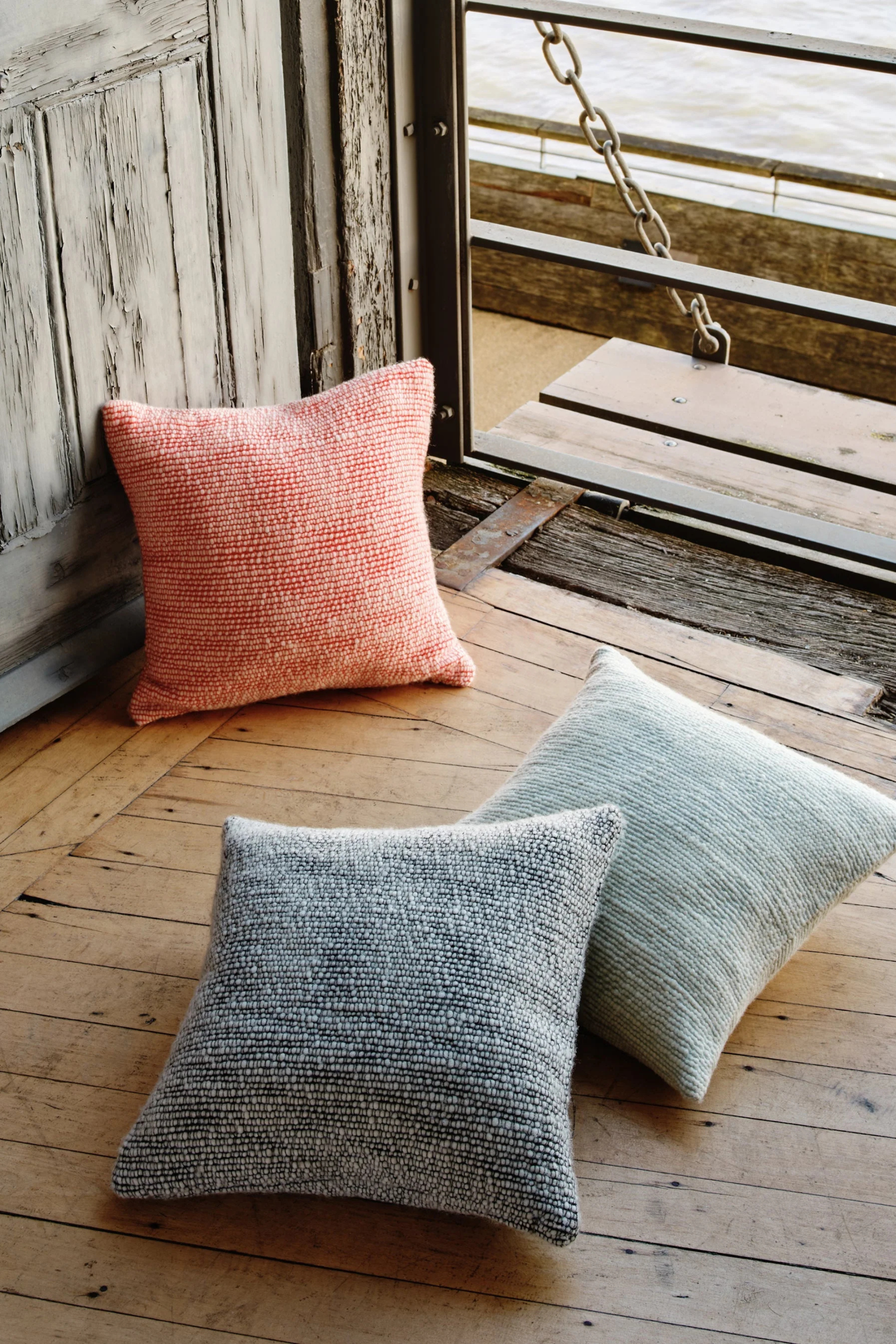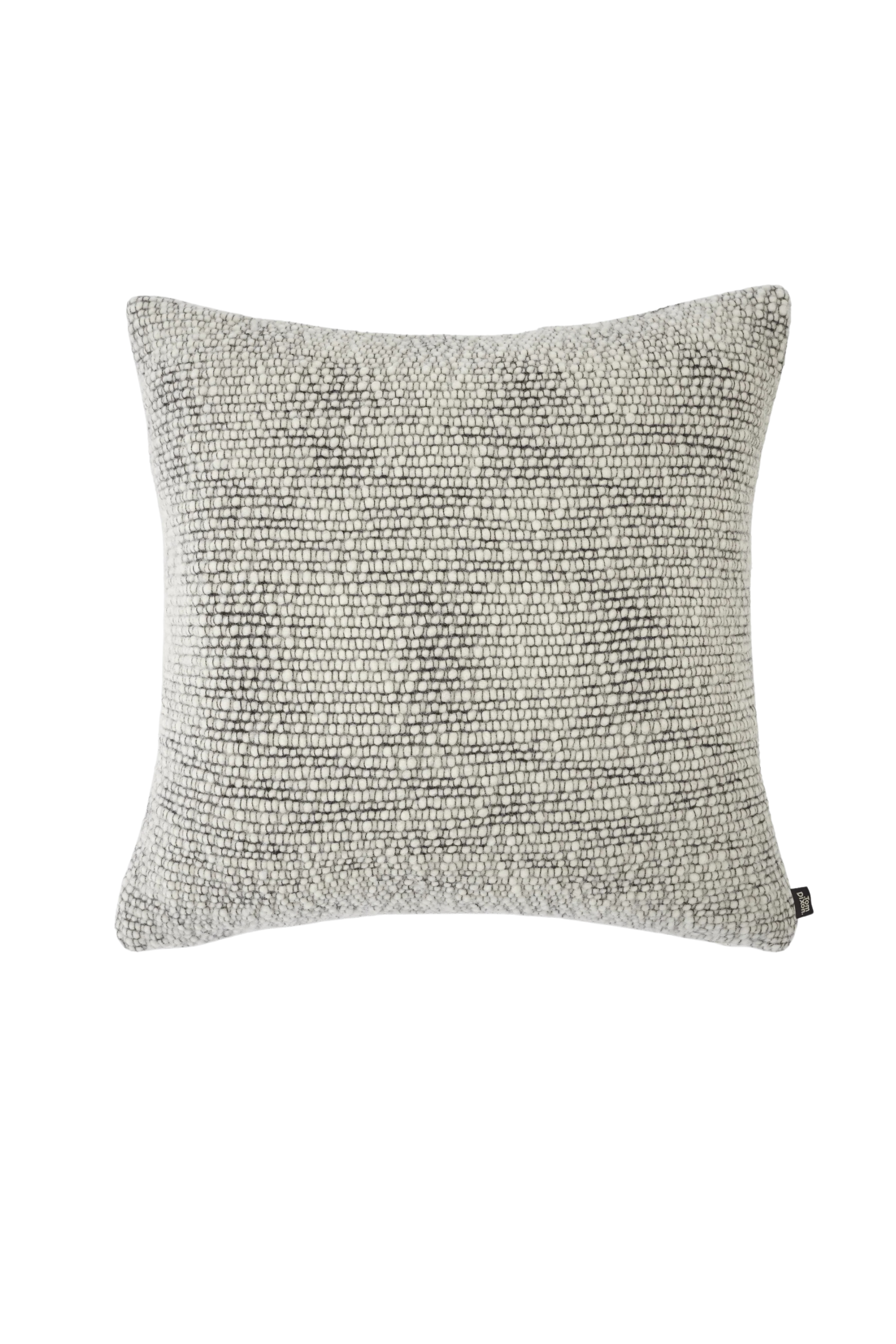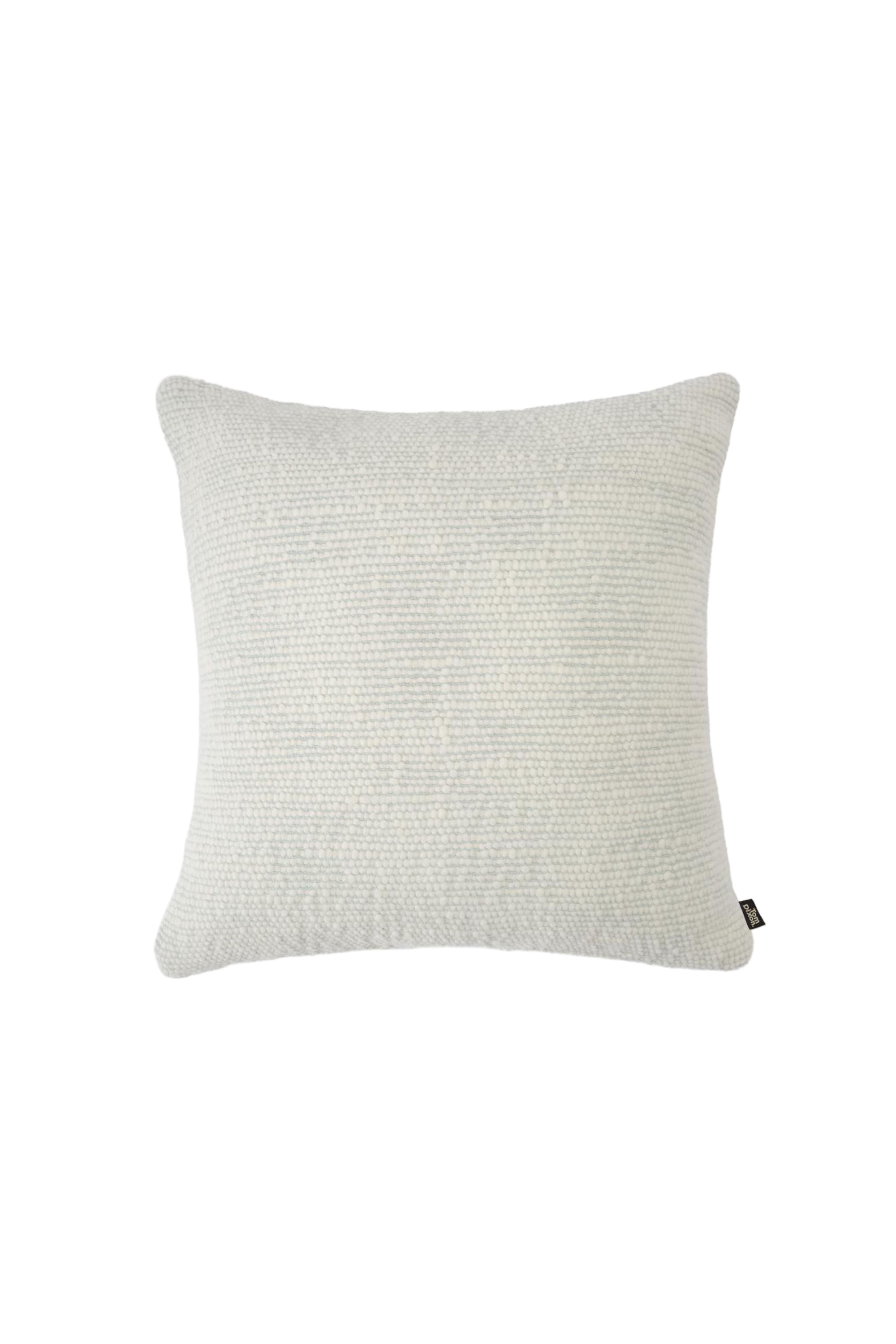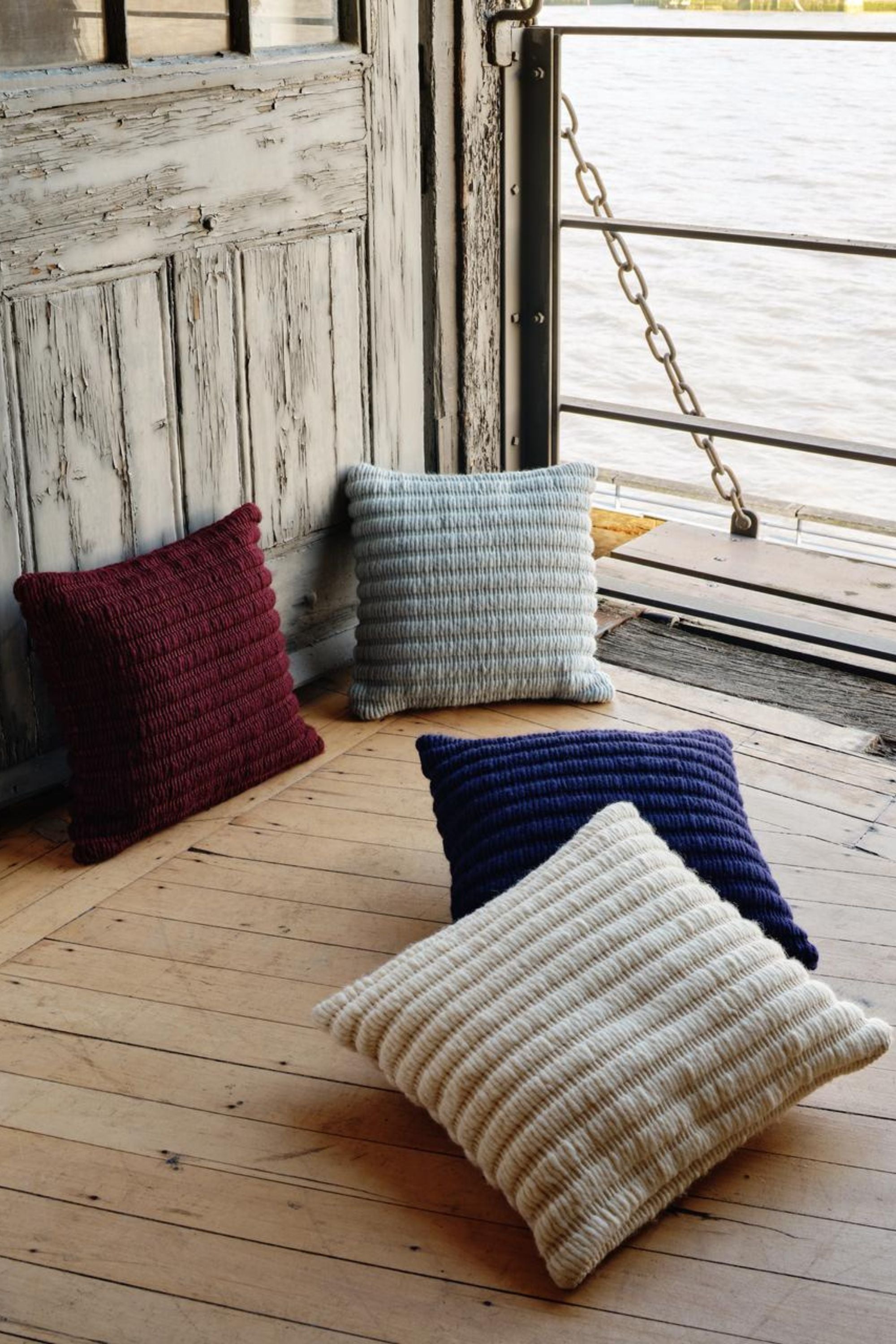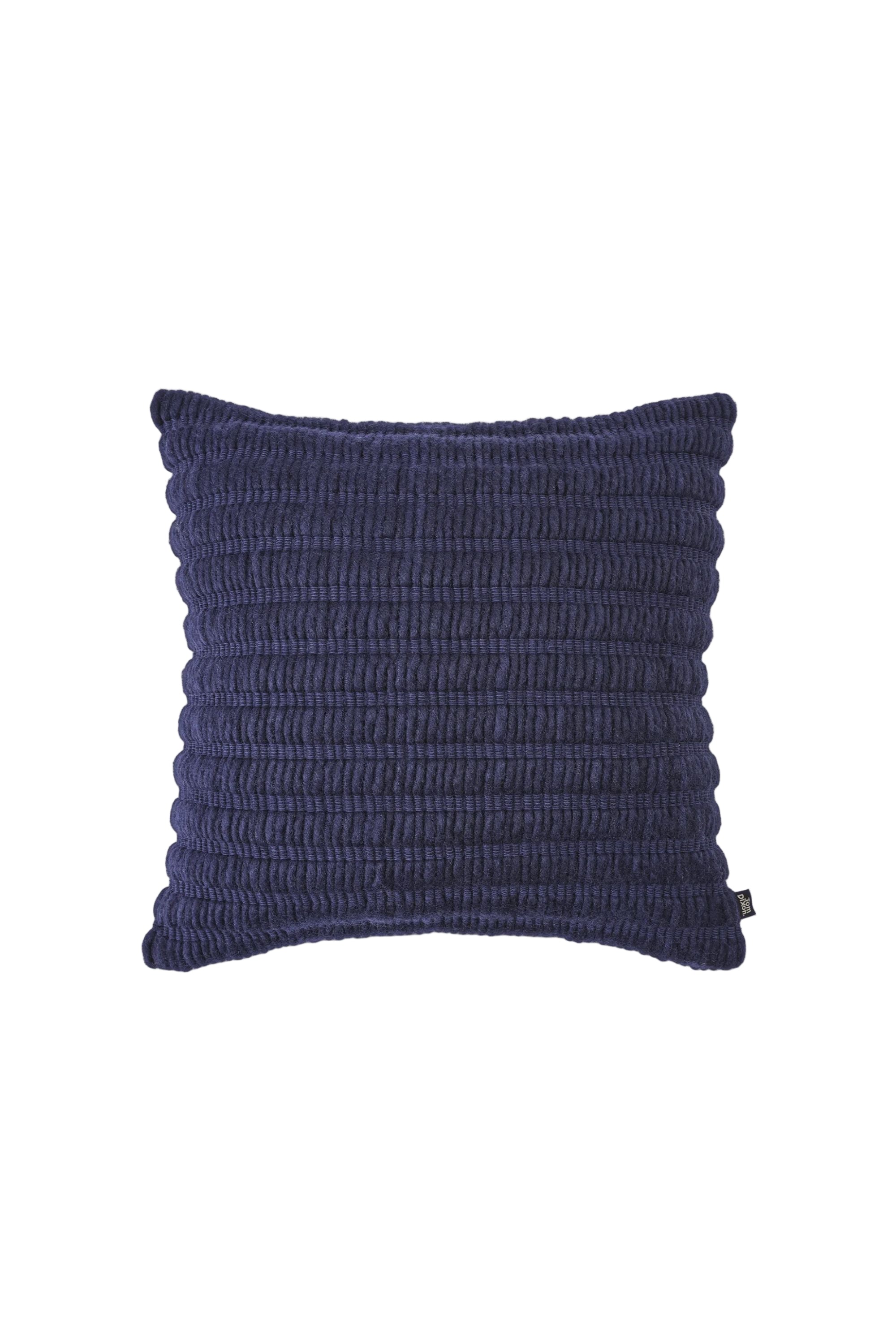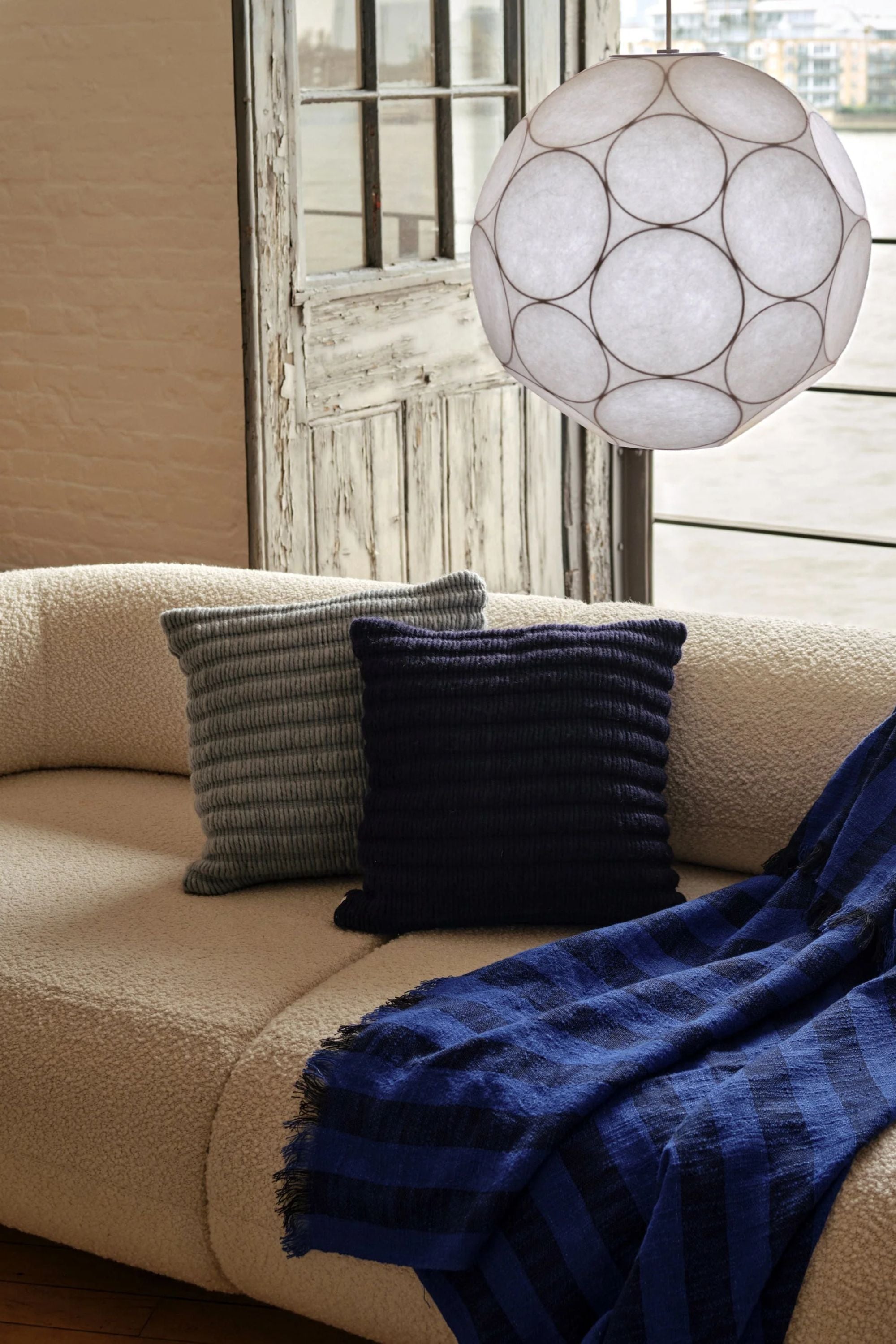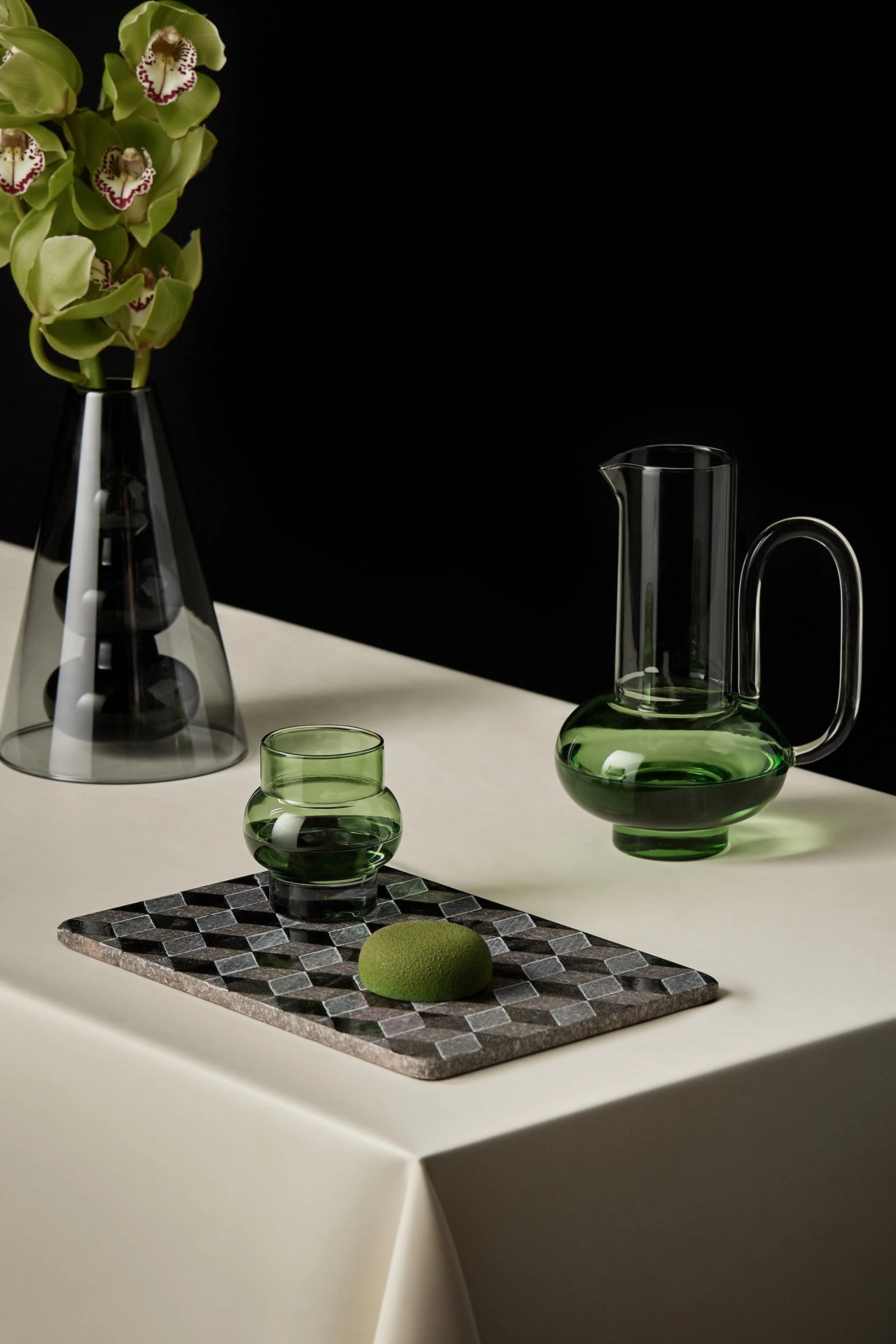Tom Dixon
A Tom Dixon a kortárs brit design karakteres hangja. A márka lámpái, bútorai és kiegészítői ipari anyagokból születnek, innovatív kézművességgel és egyedi látásmóddal formálva újjá a tereket. Darabjaik merészen funkcionálisak, mégis kifinomultak – a részletekben ott rejlik az a csavar, amitől minden Tom Dixon tárgy egyértelműen felismerhető.
Keresd a Tom Dixon termékeket a webshopon, vagy személyesen a Solinfo Lighting Studioban!
36 termék
Tom Dixon
Ridge párna égkék
Eladási ár40 700 Ft
Tom Dixon
Pose asztali lámpa bézs
Eladási ár143 600 Ft
Tom Dixon
Pose asztali lámpa szürke
Eladási ár143 600 Ft
Tom Dixon
Bell fekete asztali lámpa
Eladási ár265 700 Ft
Tom Dixon
Bell hordozható lámpa mohazöld
Eladási ár85 700 Ft
Tom Dixon
Pose hordozható lámpa arany
Eladási ár126 400 Ft
Tom Dixon
Pose hordozható lámpa sötétszürke
Eladási ár100 300 Ft
Tom Dixon
Pose hordozható lámpa gitt
Eladási ár100 300 Ft
Tom Dixon
Bump szürke kávéscsészék
Eladási ár27 900 Ft
Tom Dixon
Tank borospohár szett fekete
Eladási ár42 900 Ft
Tom Dixon
Tank High Ball poharak, fekete
Eladási ár40 700 Ft
Tom Dixon
Tank fekete dekantáló
Eladási ár62 100 Ft
Tom Dixon
Tank Low Ball pohárszett fekete
Eladási ár36 400 Ft
Tom Dixon
Band Bordó takaró
Eladási ár37 680 Ft
Normál áron47 100 Ft
Tom Dixon
Band Kék Takaró
Eladási ár47 100 Ft
Tom Dixon
Szálpléd Égkék és fehér
Eladási ár55 700 Ft
Tom Dixon
Thread Fekete-fehér takaró
Eladási ár55 700 Ft
Tom Dixon
Thread Kék és fehér párna
Eladási ár34 300 Ft
Tom Dixon
Thread Fekete-fehér párna
Eladási ár34 300 Ft
Tom Dixon
Ridge párna natúr
Eladási ár40 700 Ft
Tom Dixon
Ridge párna bordó
Eladási ár32 560 Ft
Normál áron40 700 Ft
Tom Dixon
Ridge párna indigó
Eladási ár40 700 Ft
Tom Dixon
Bump Short Pohár szett
Eladási ár33 400 Ft
Tom Dixon
Bump magas váza zöld
Eladási ár81 400 Ft
